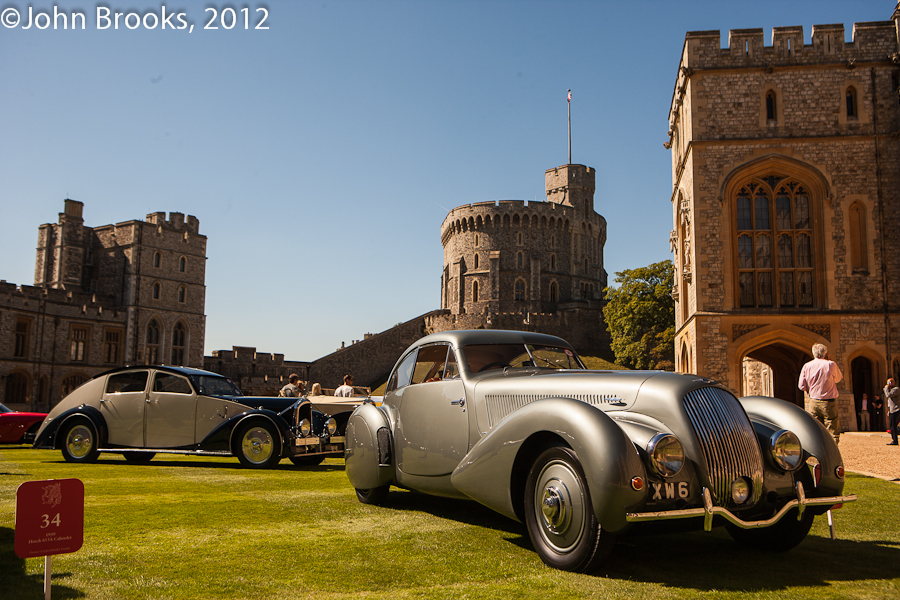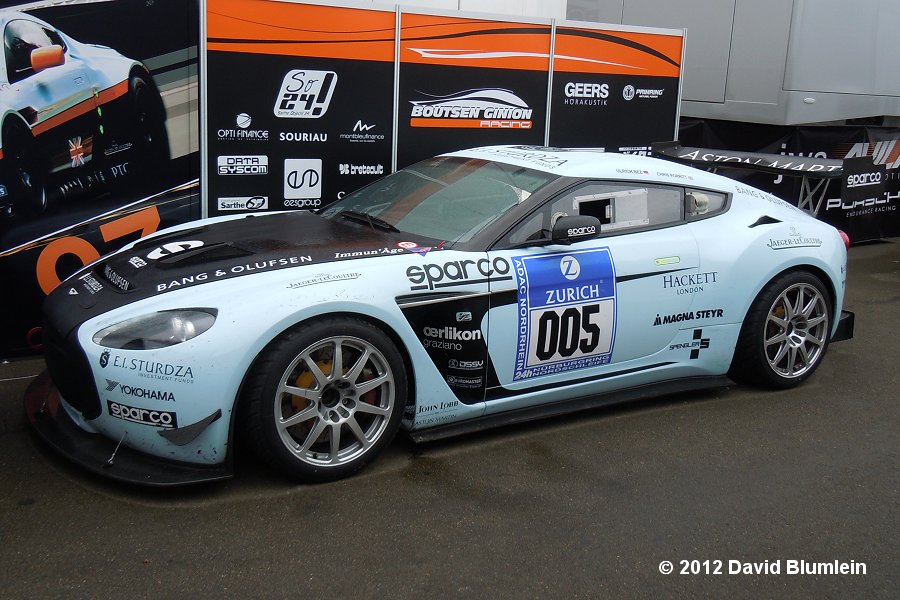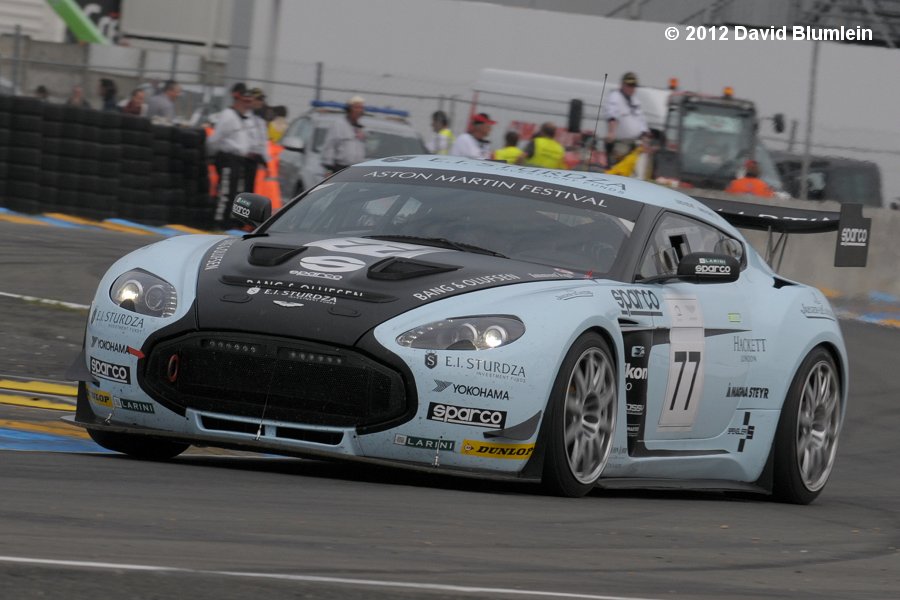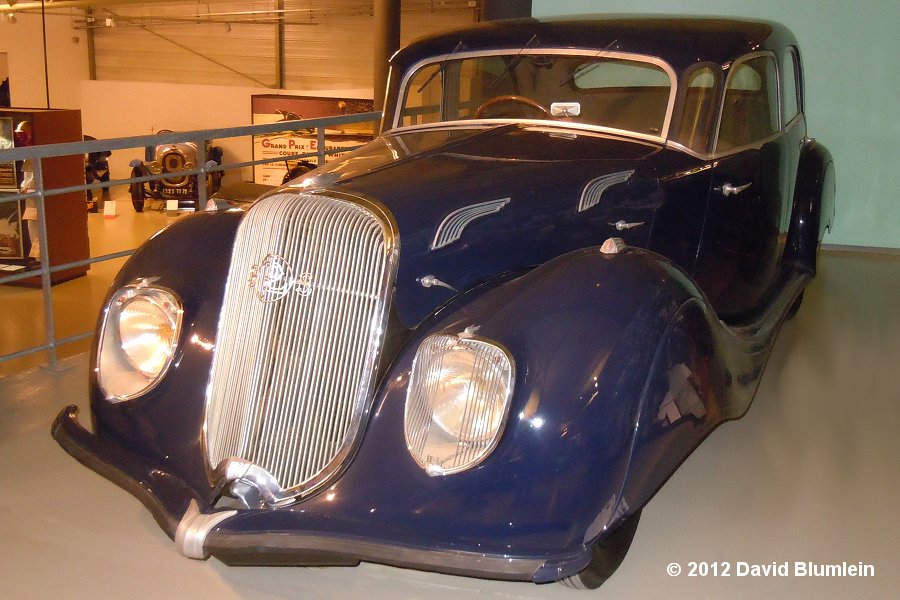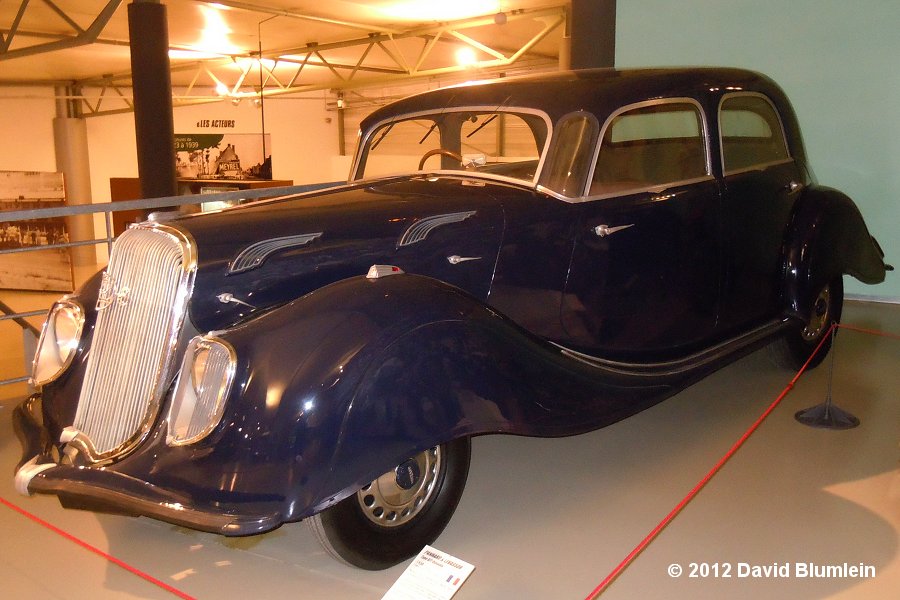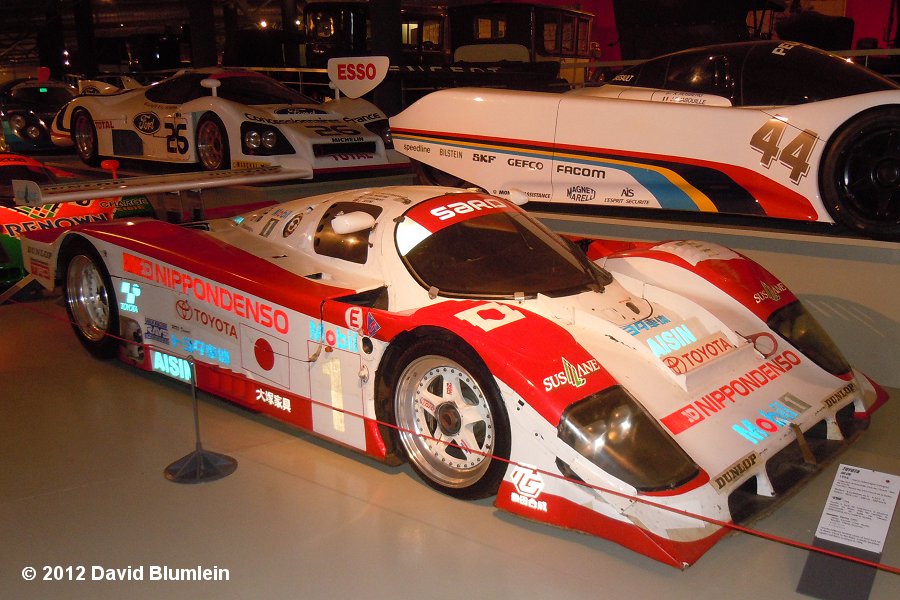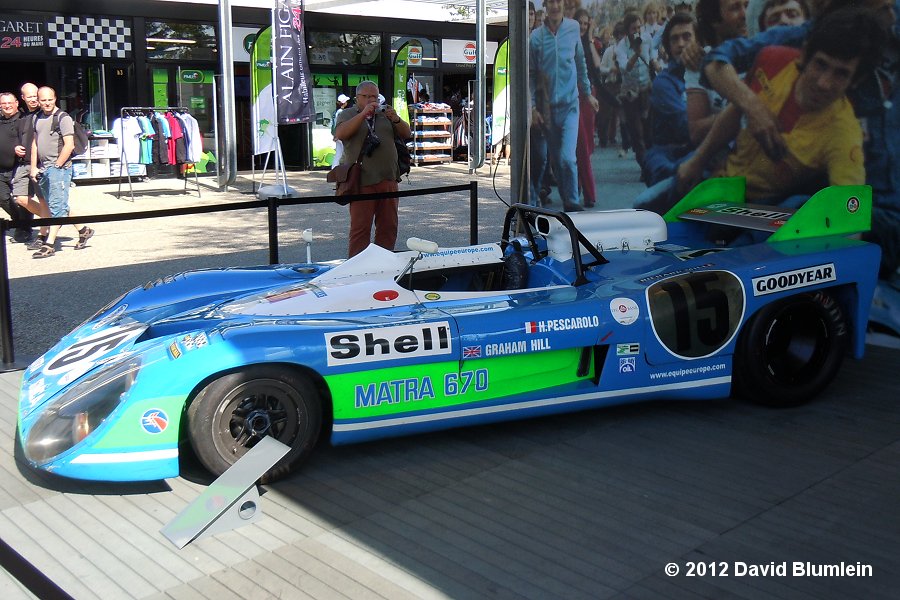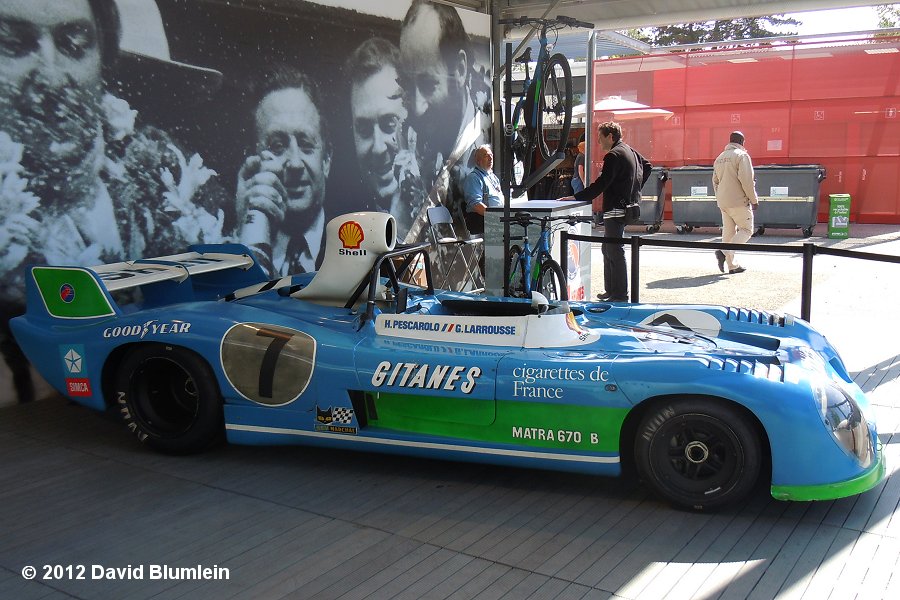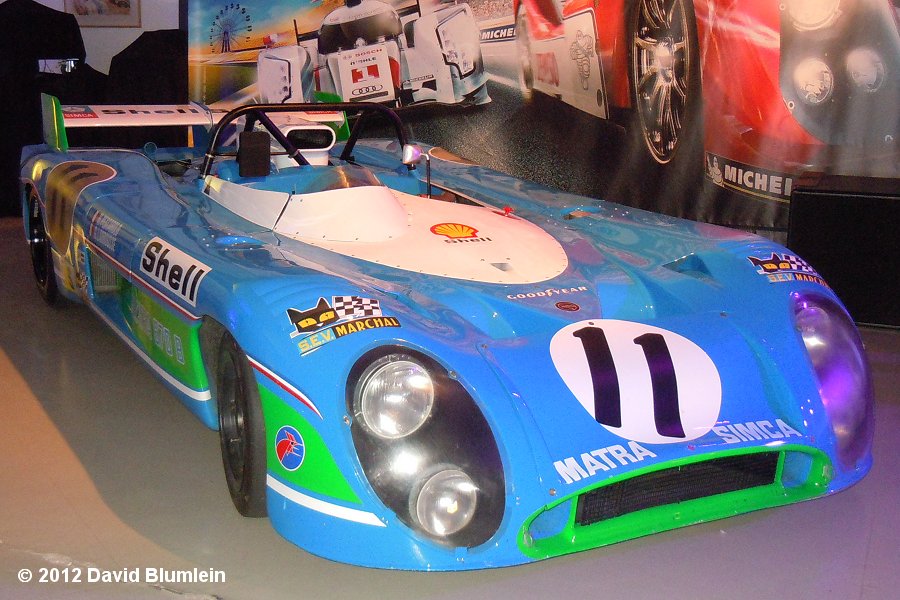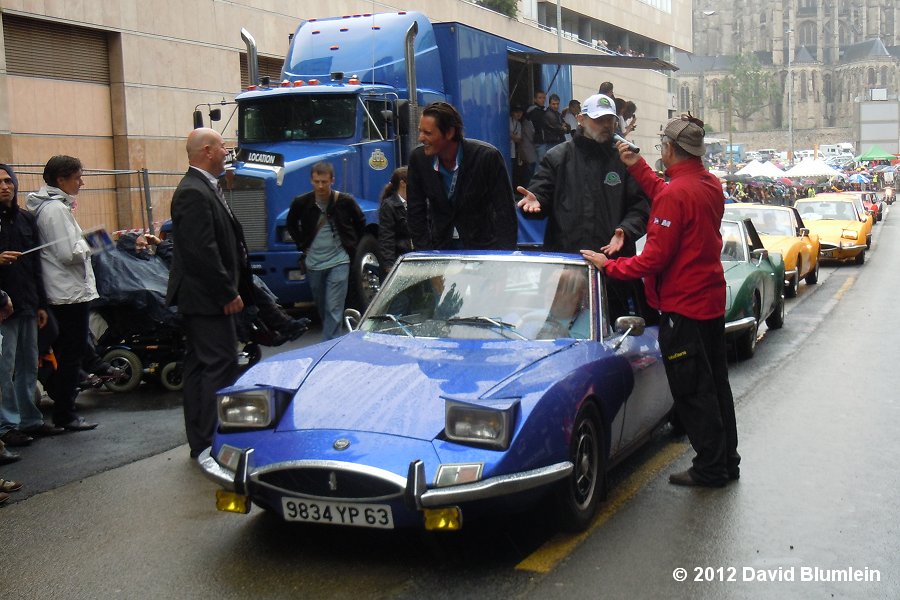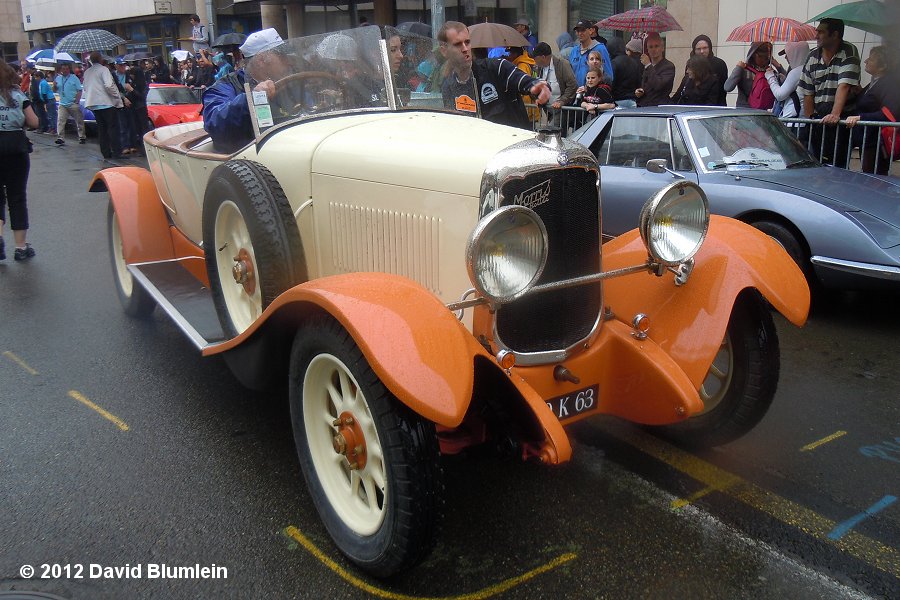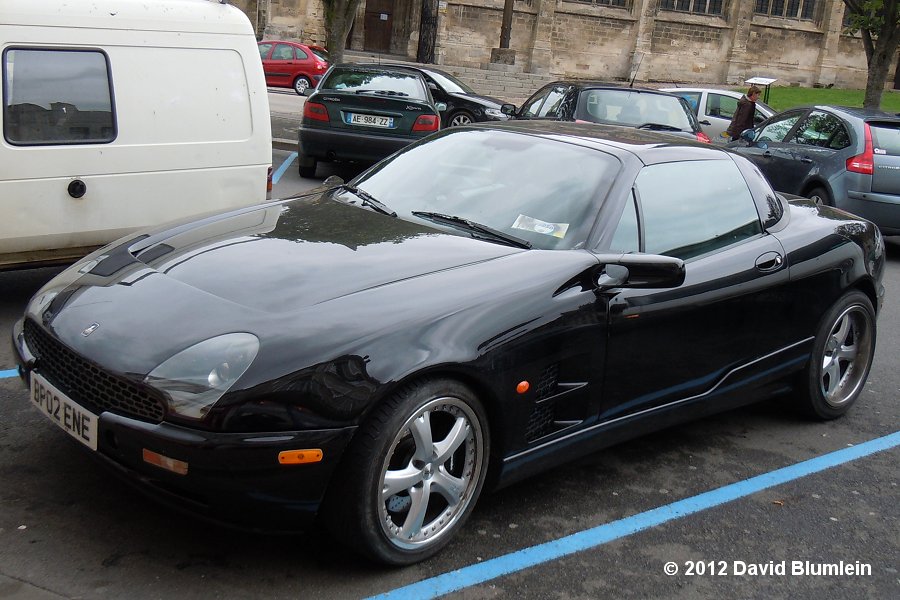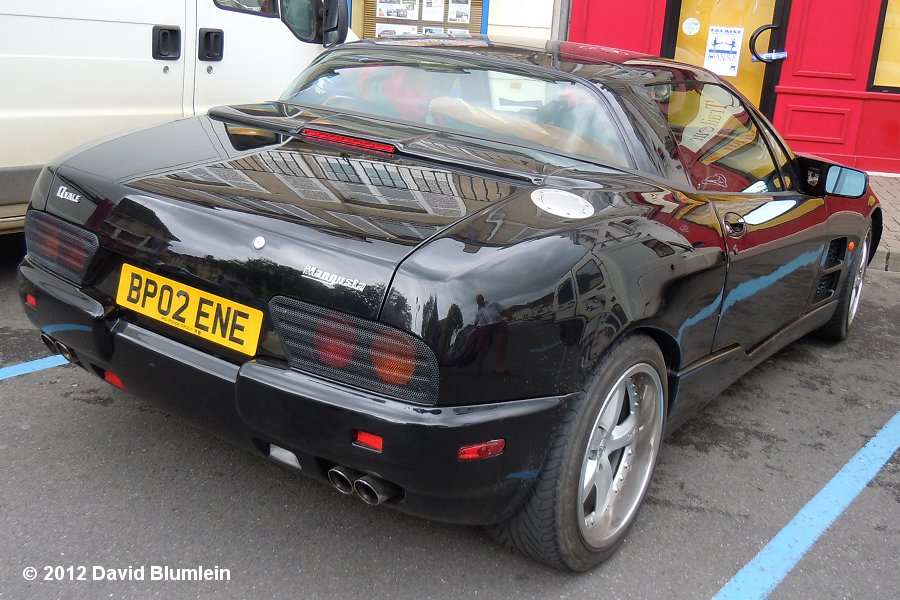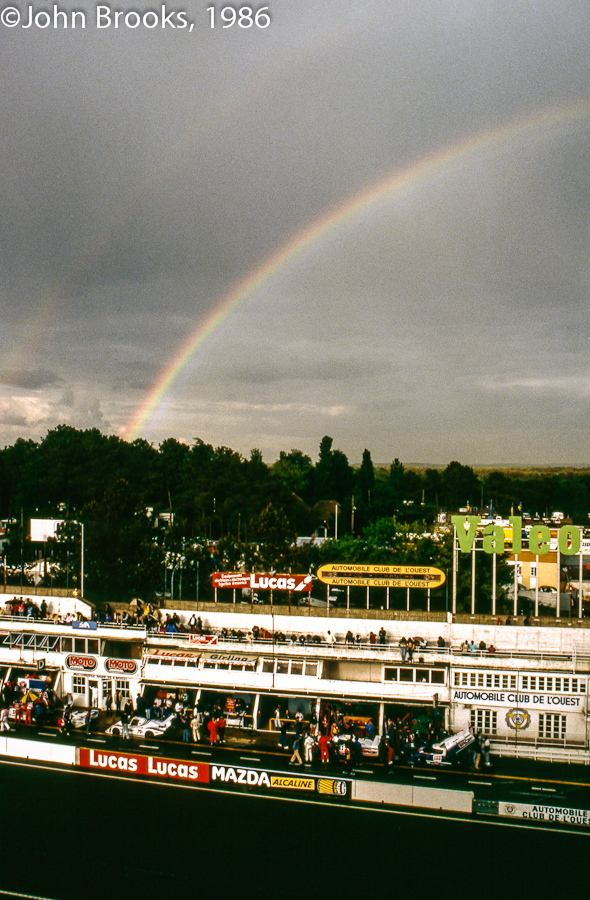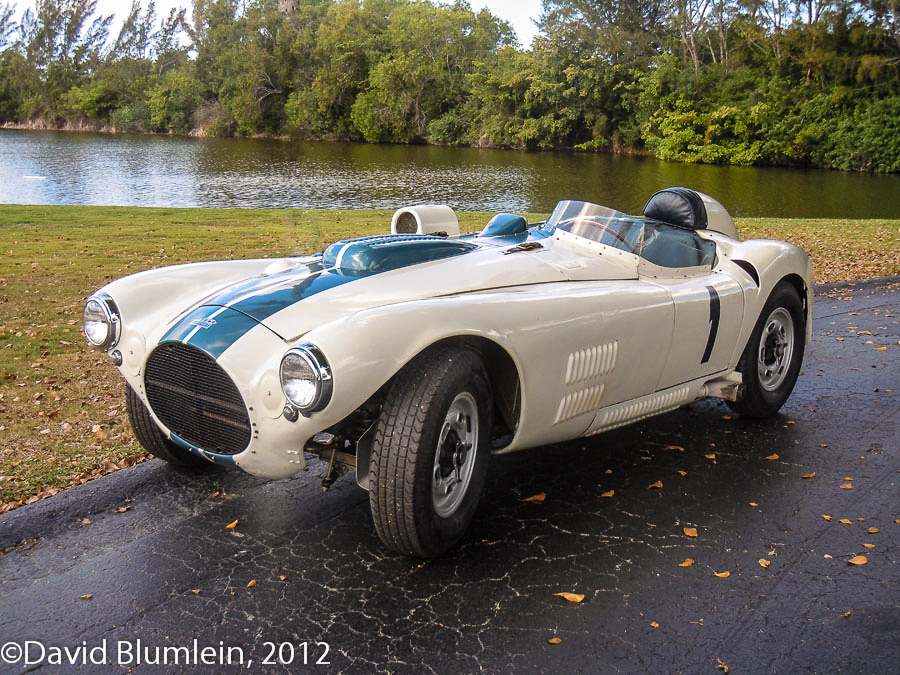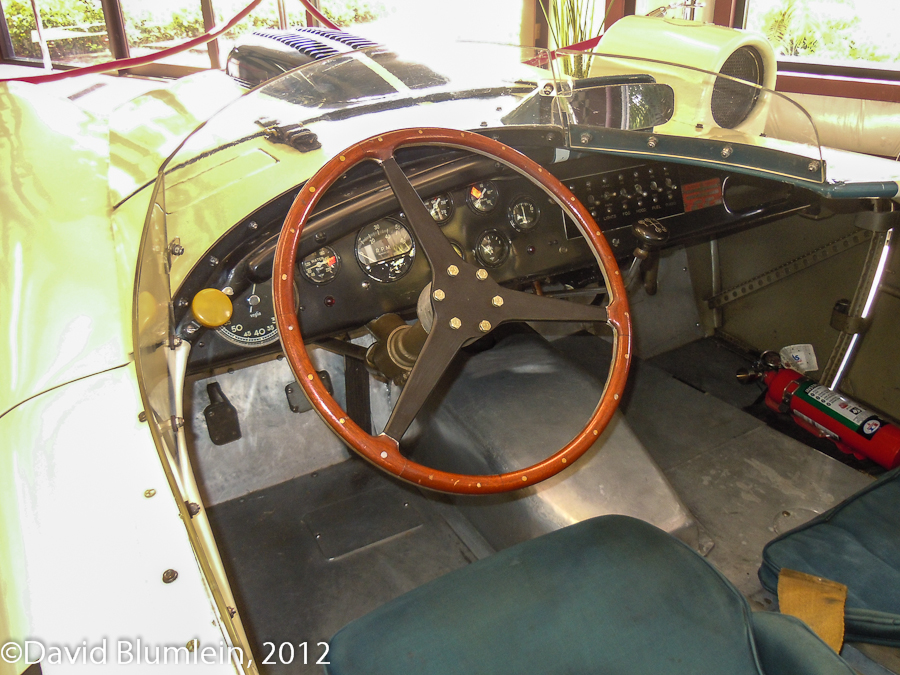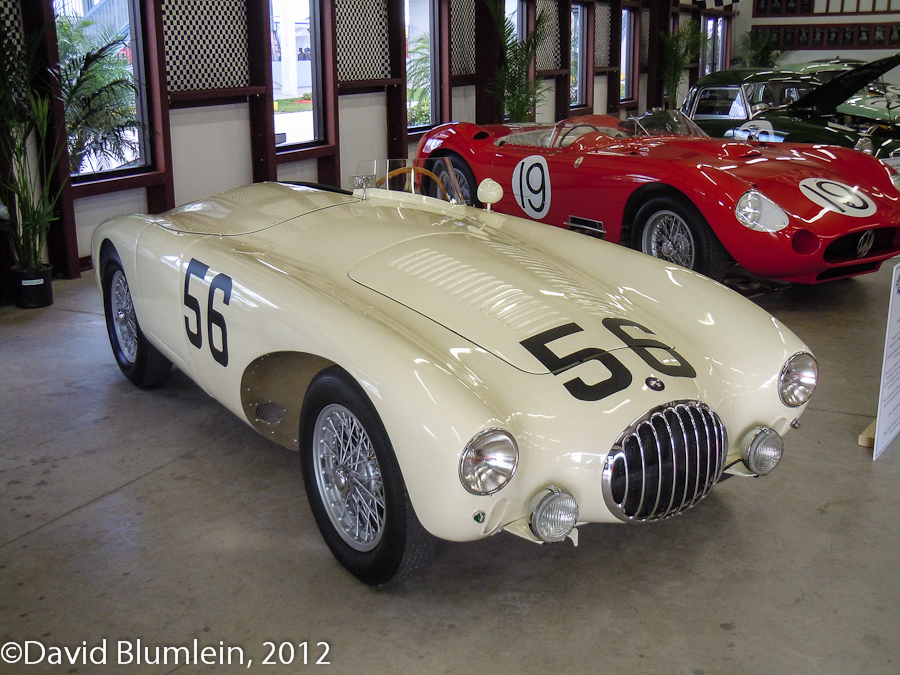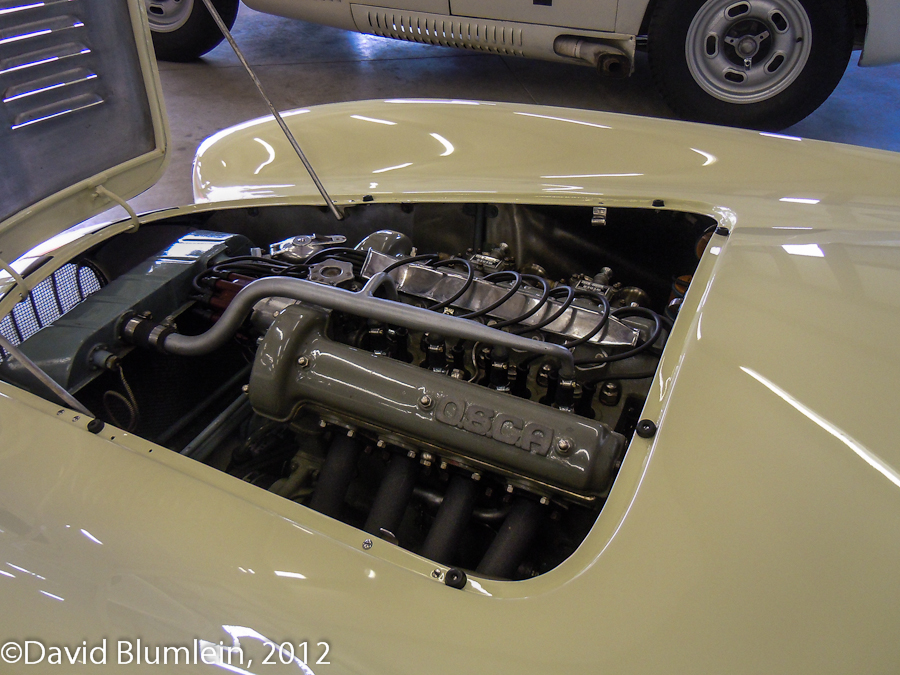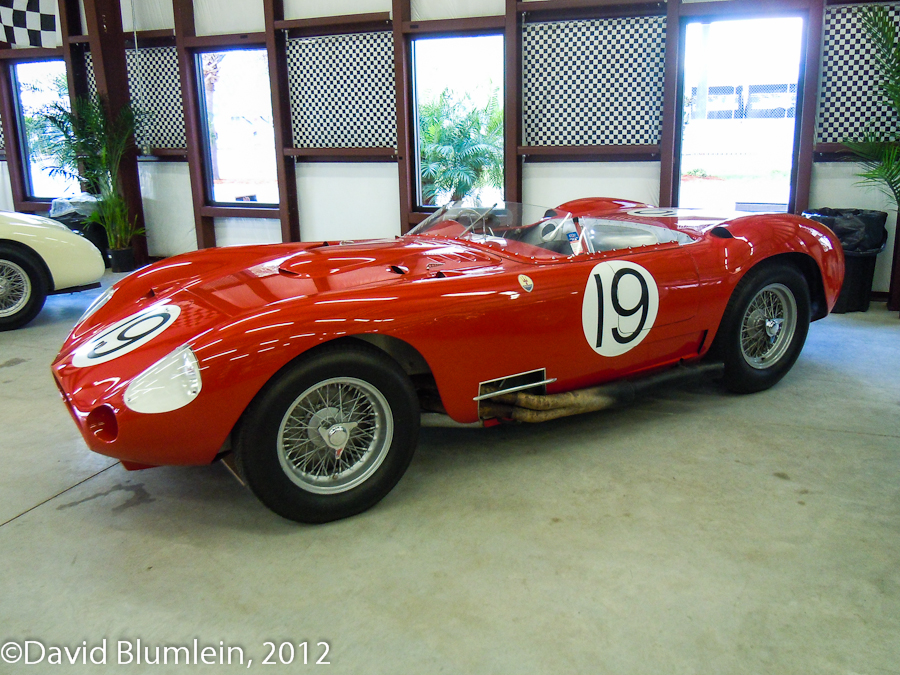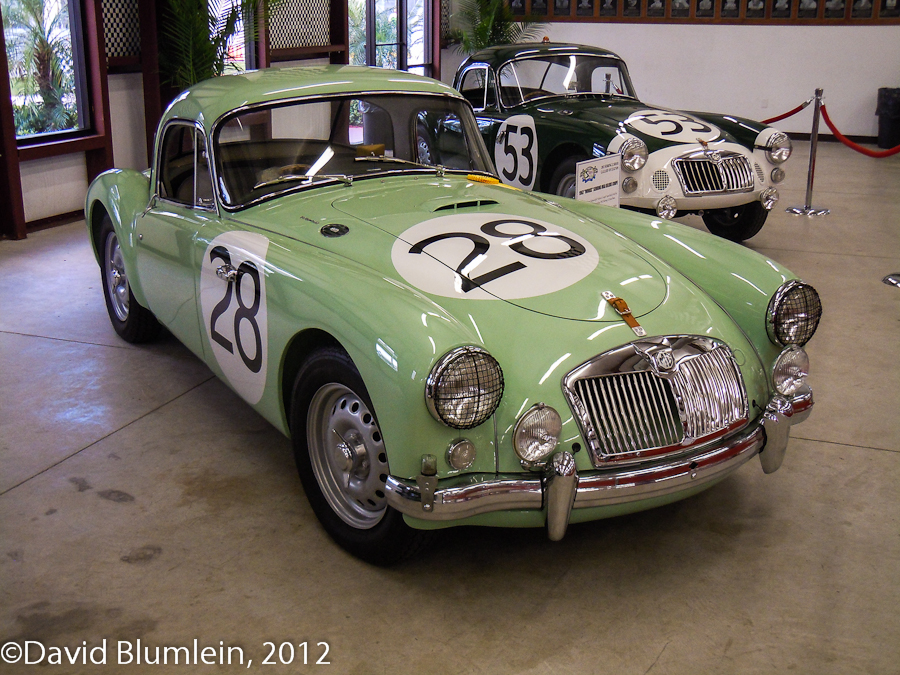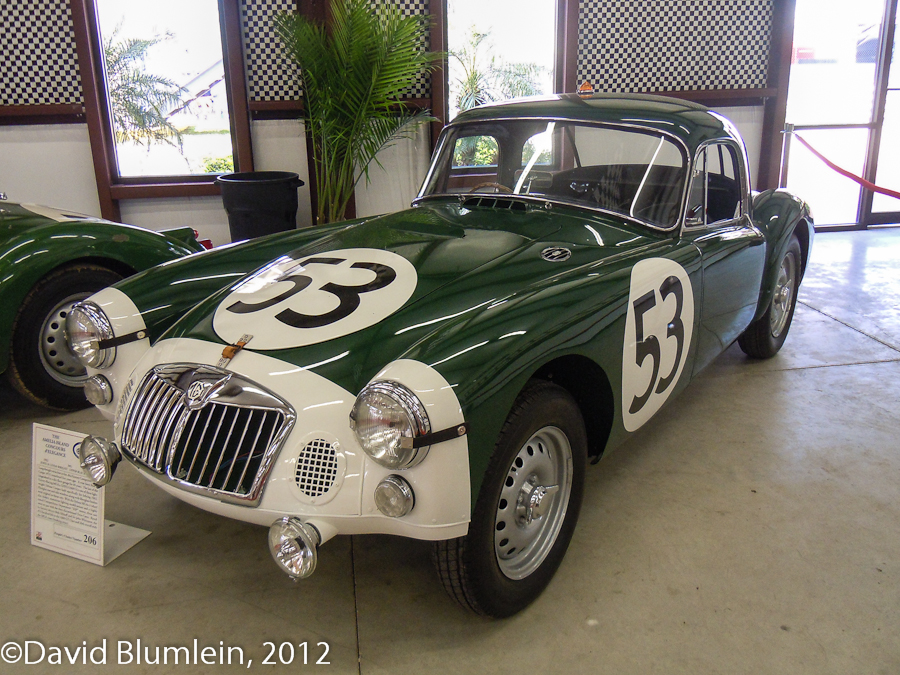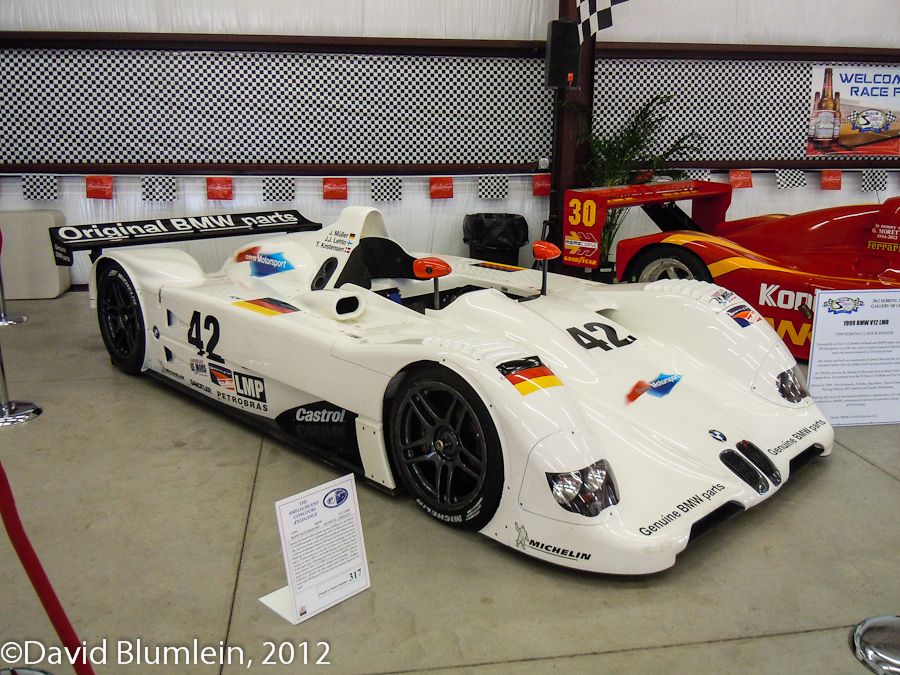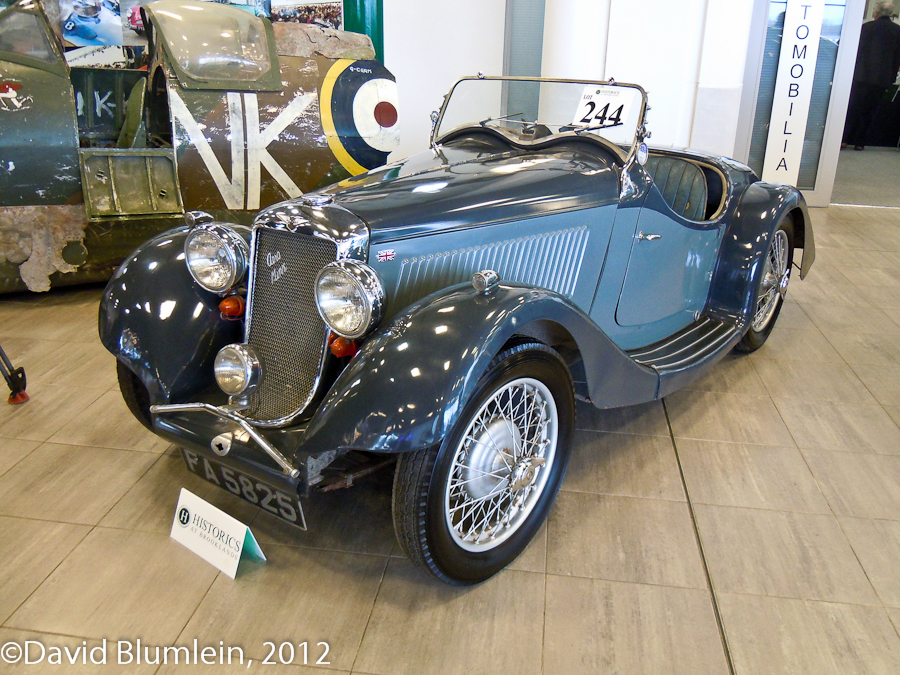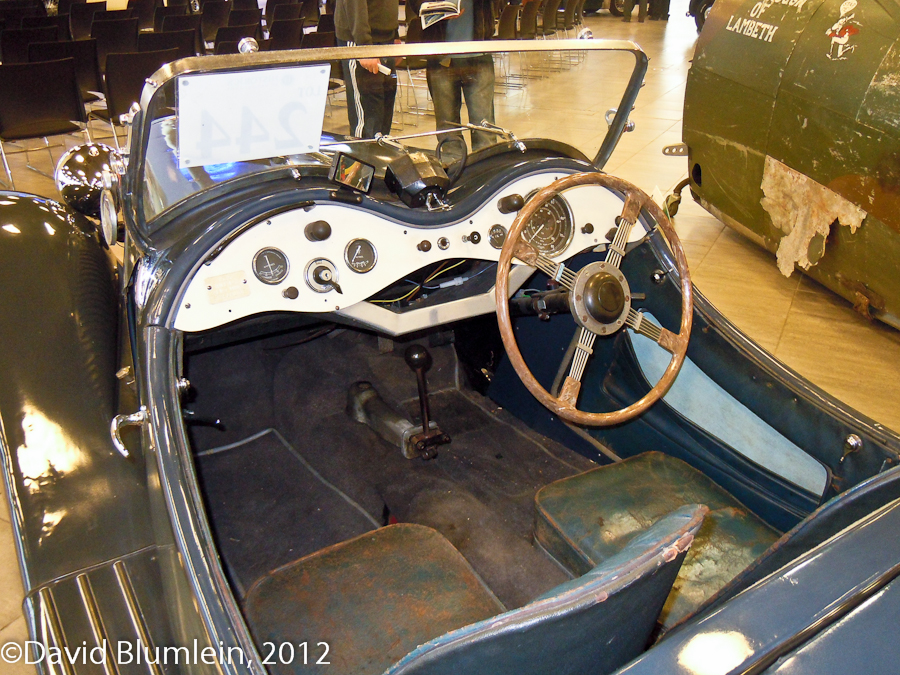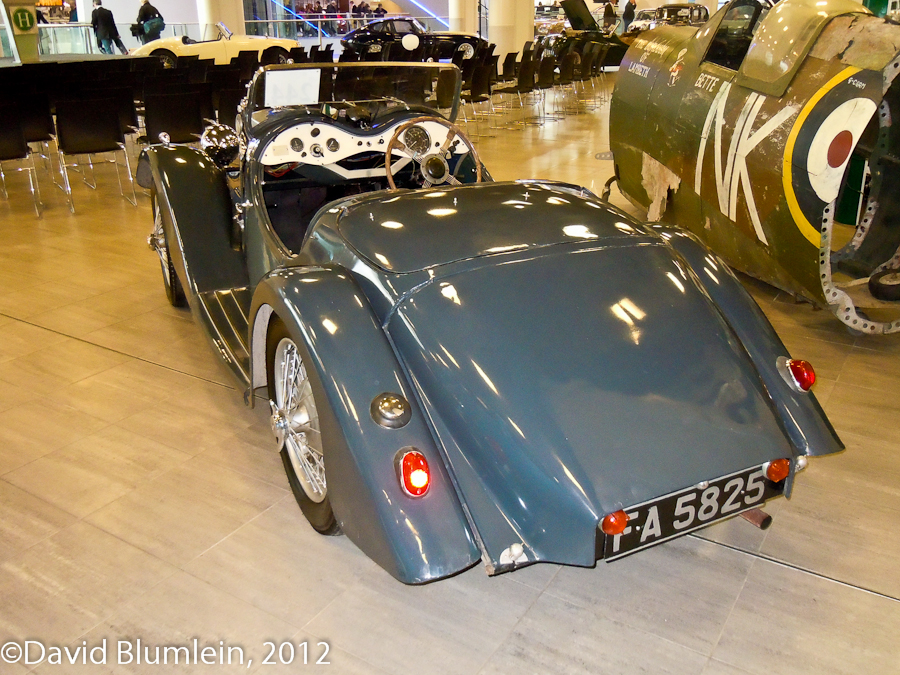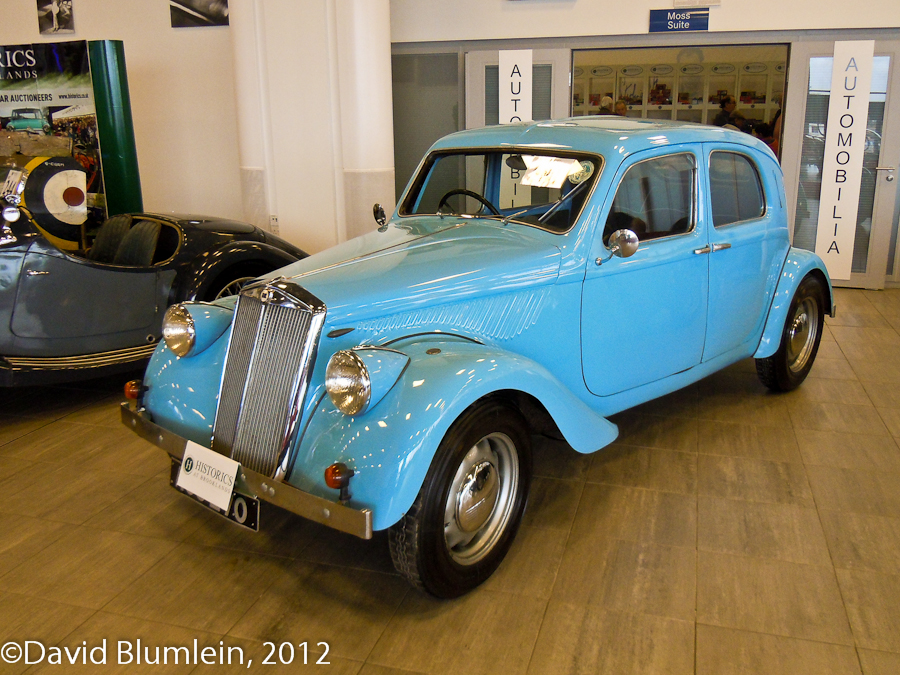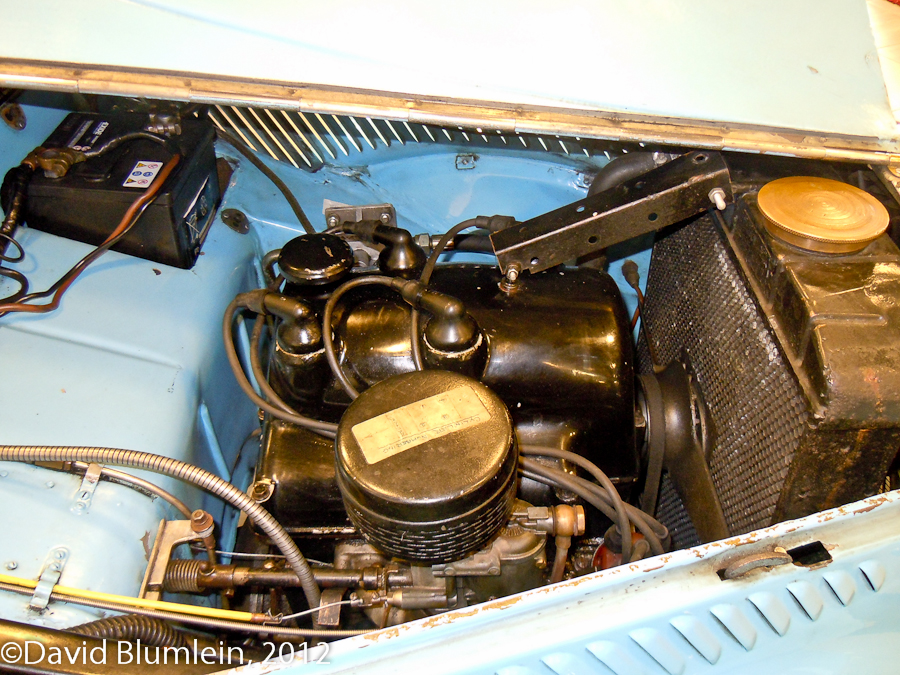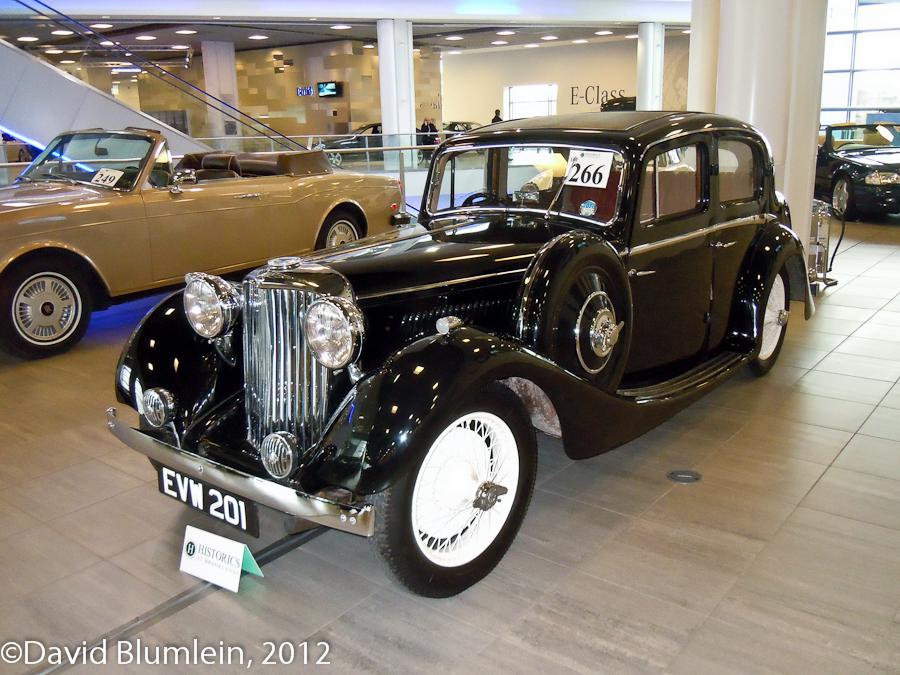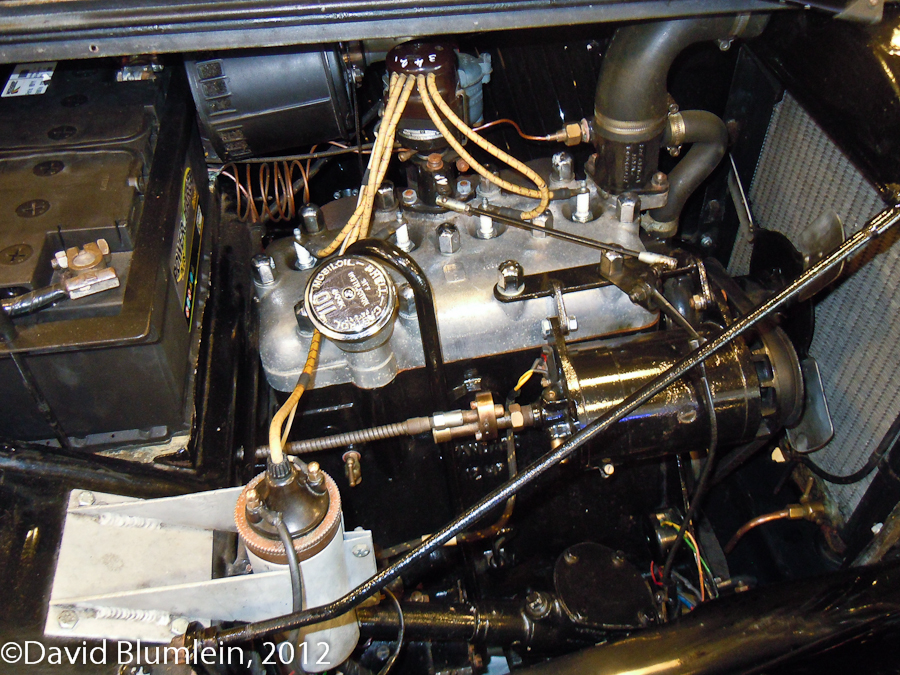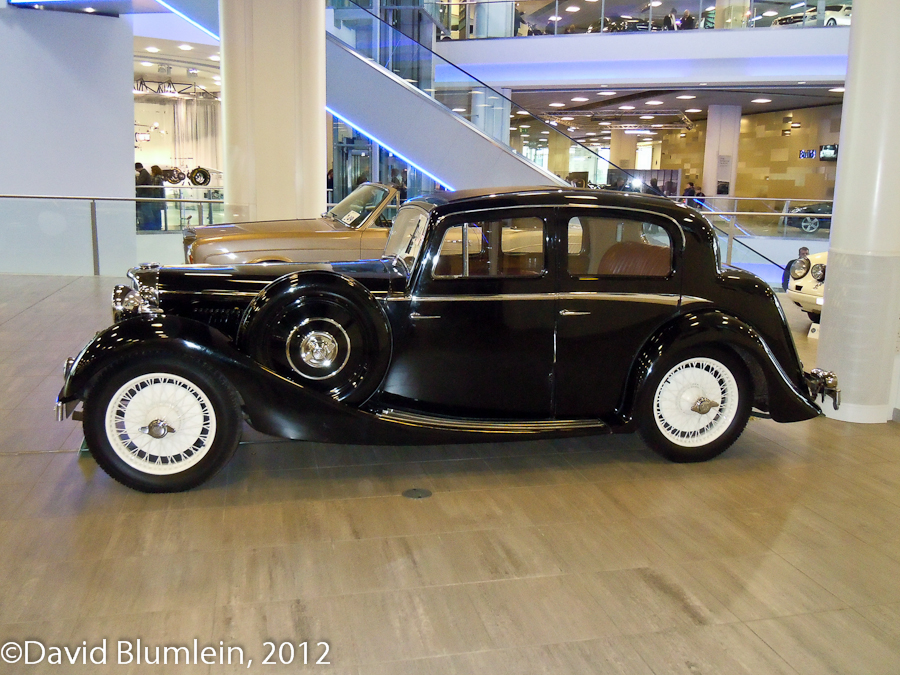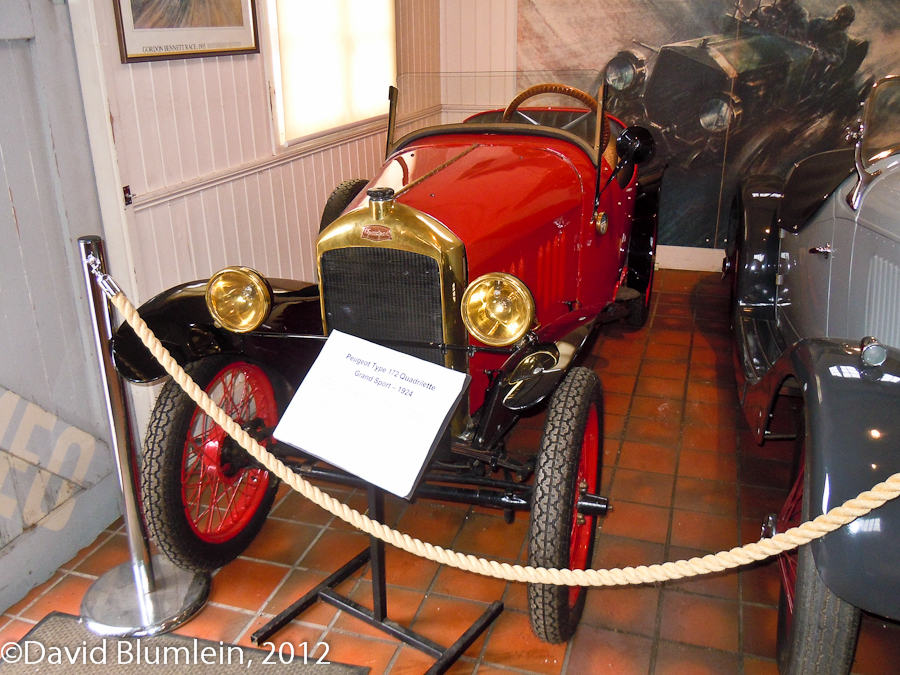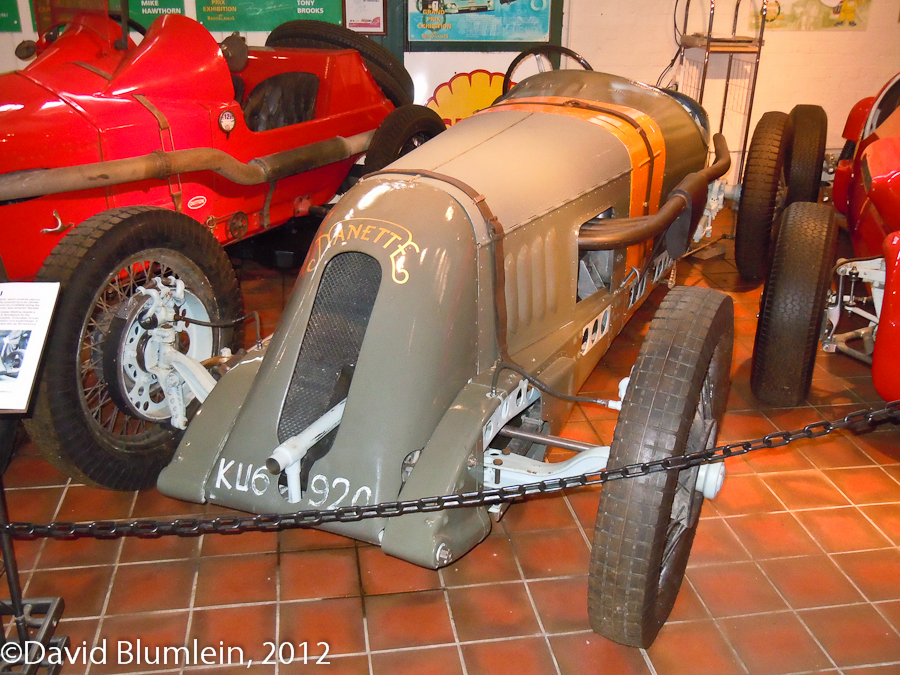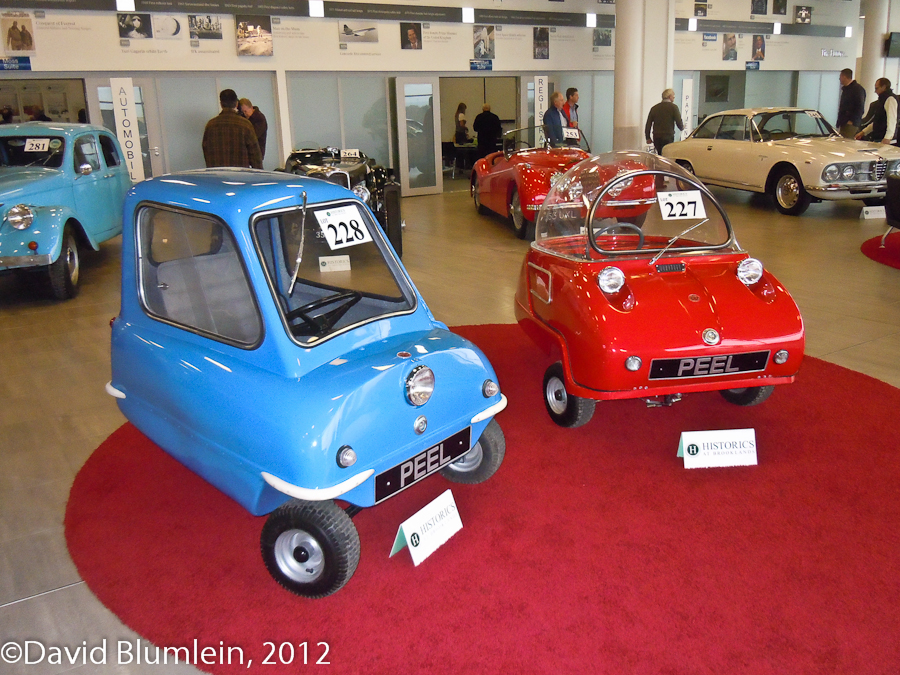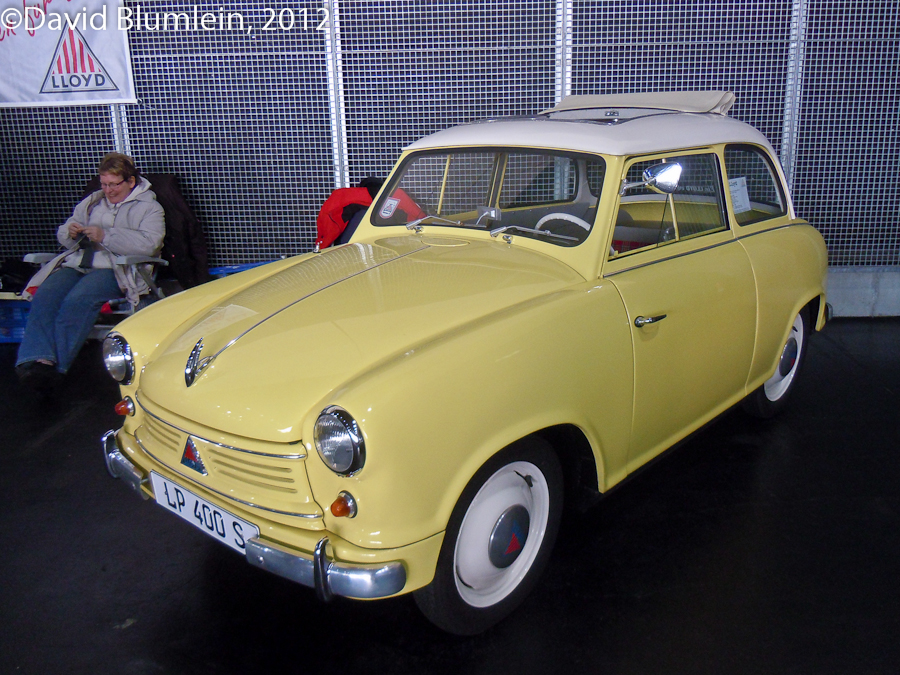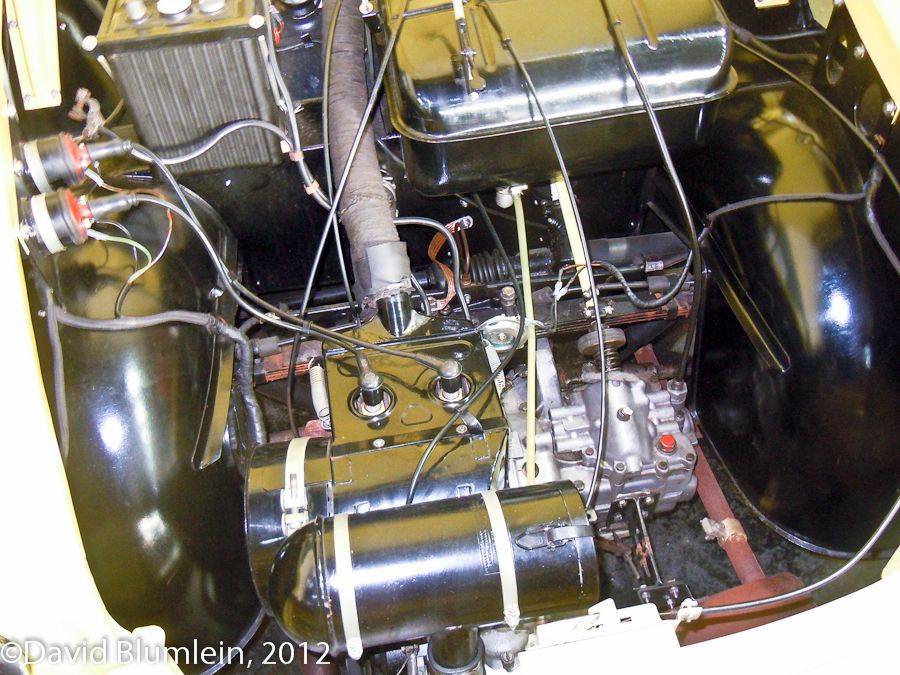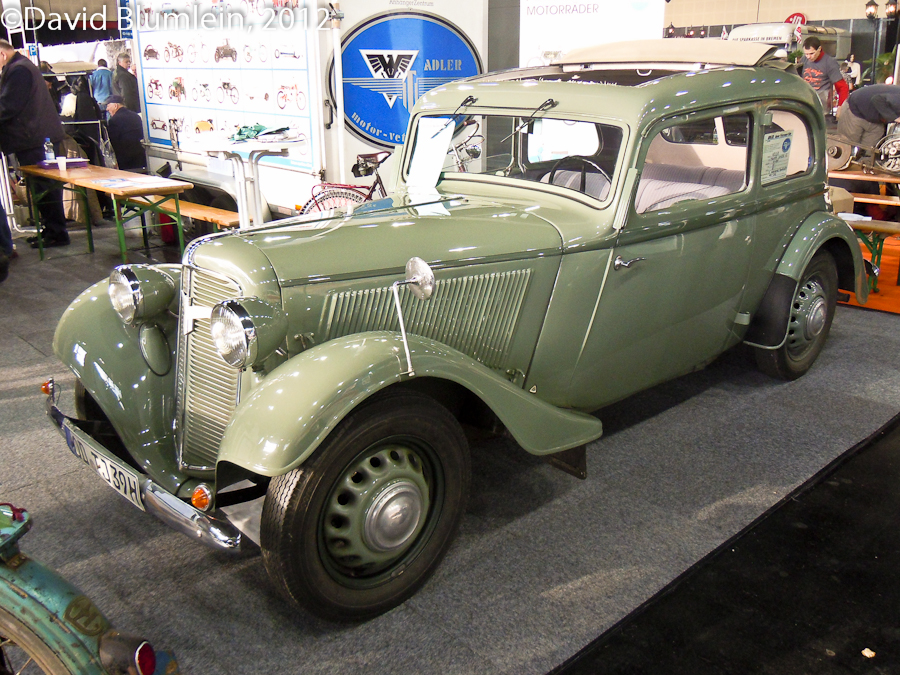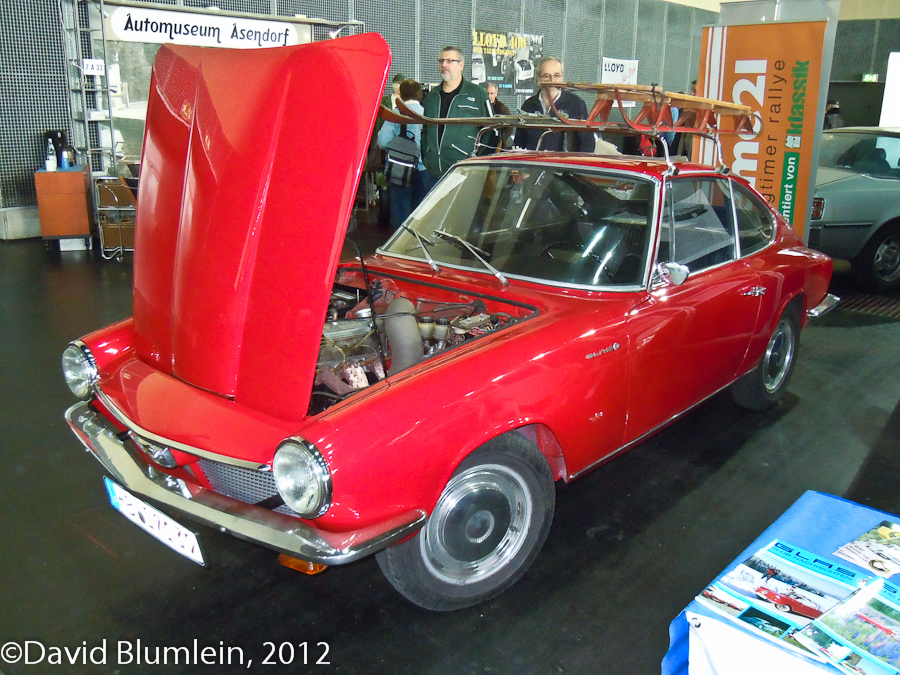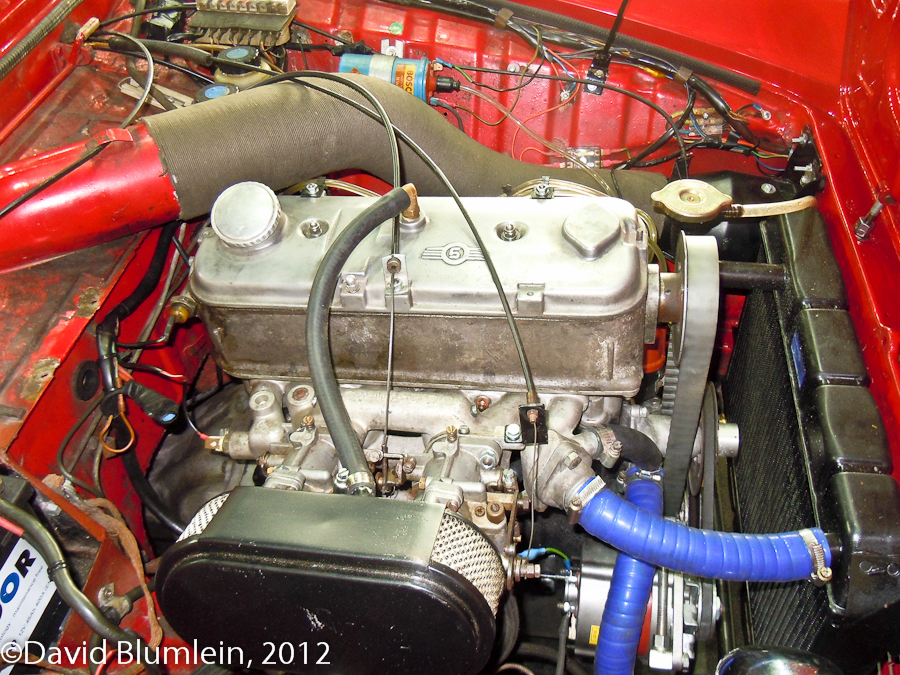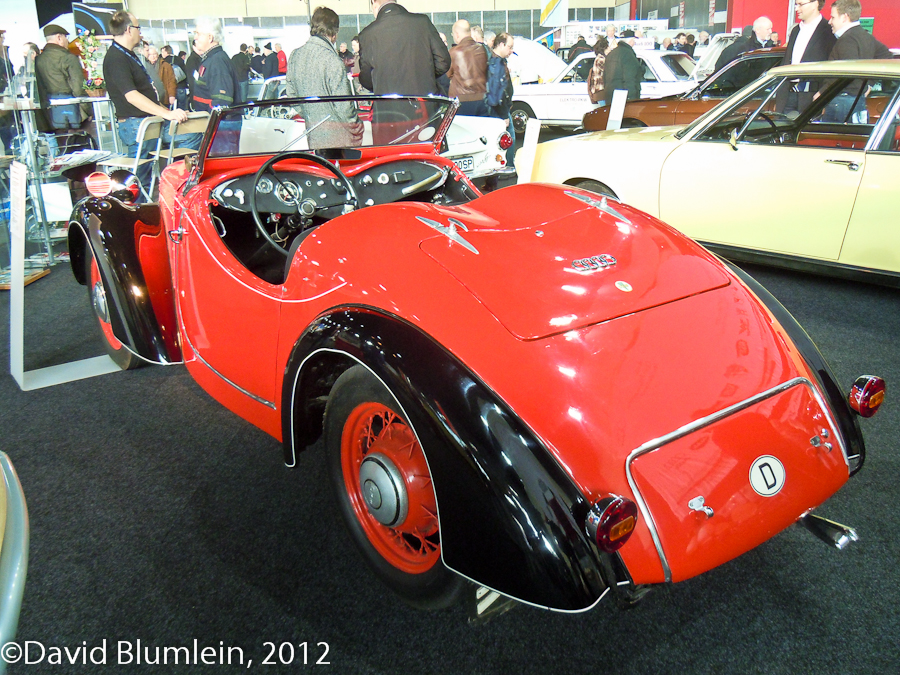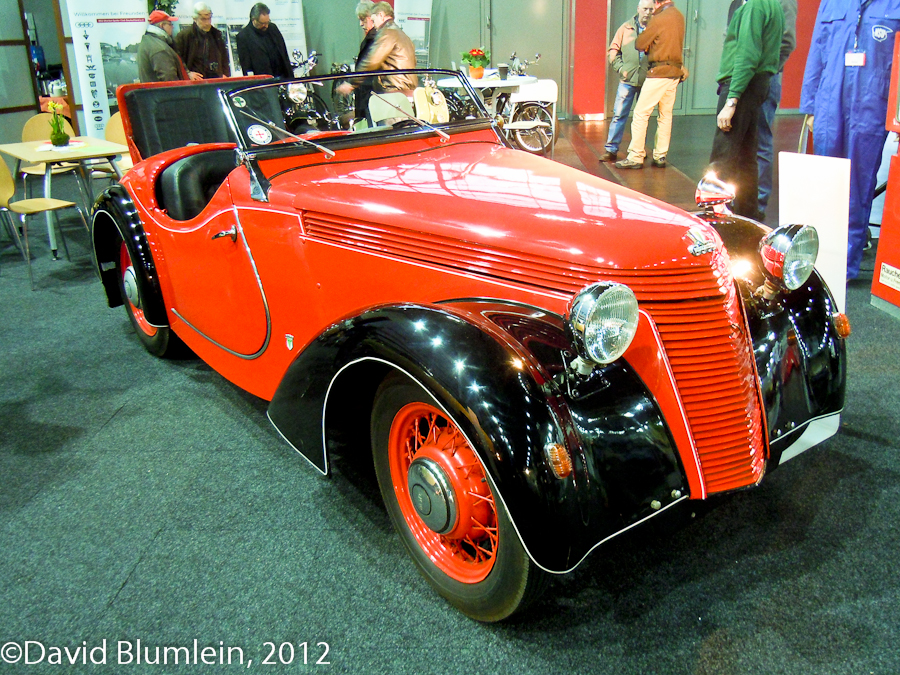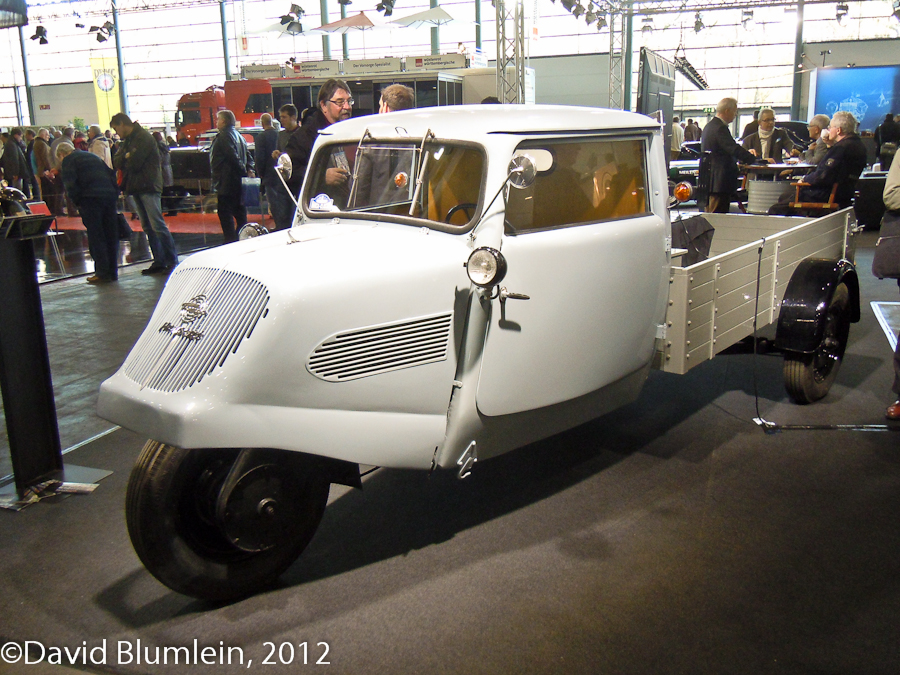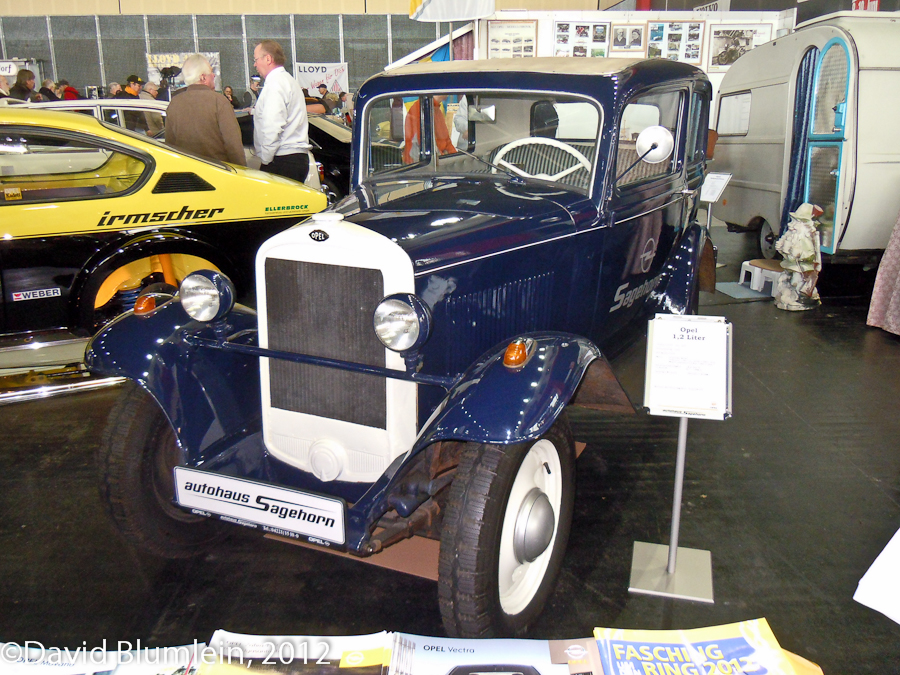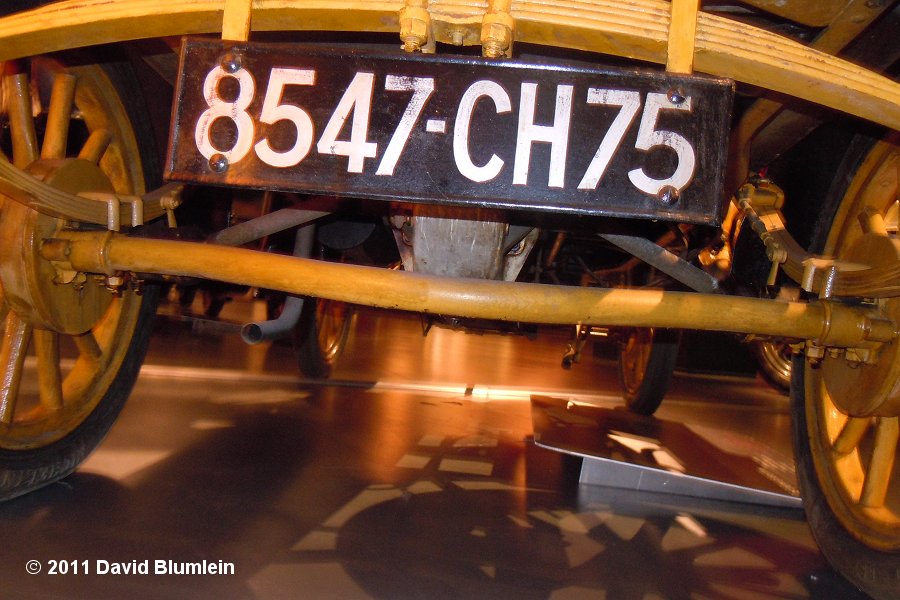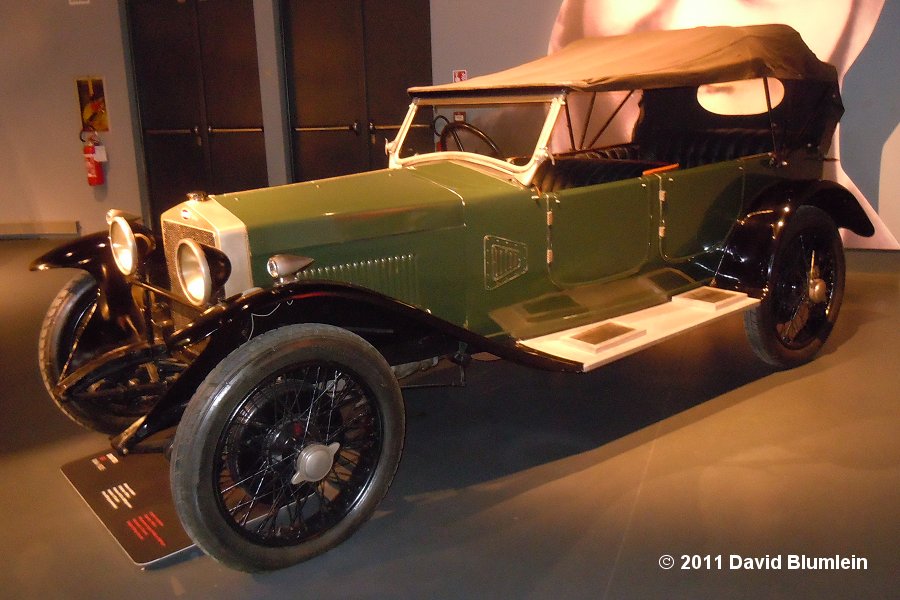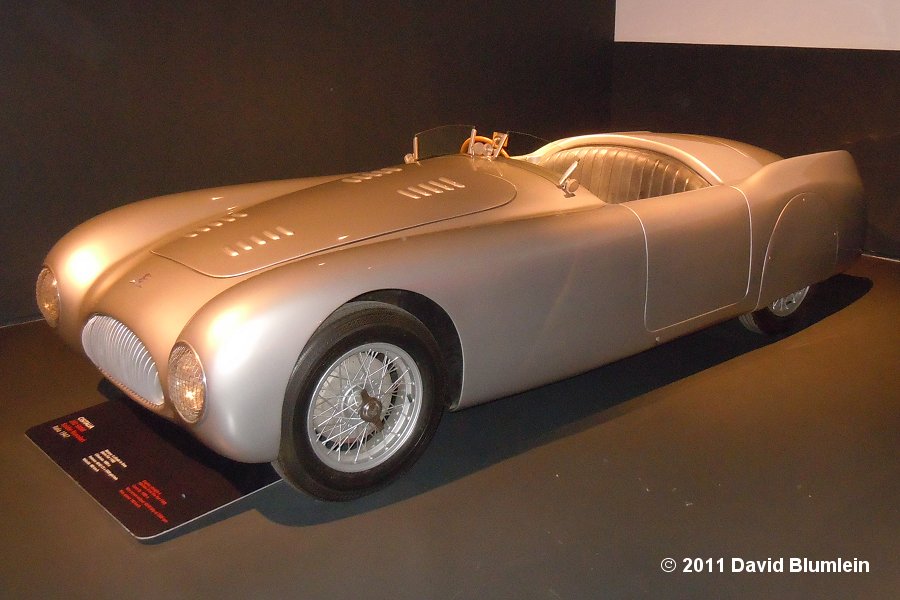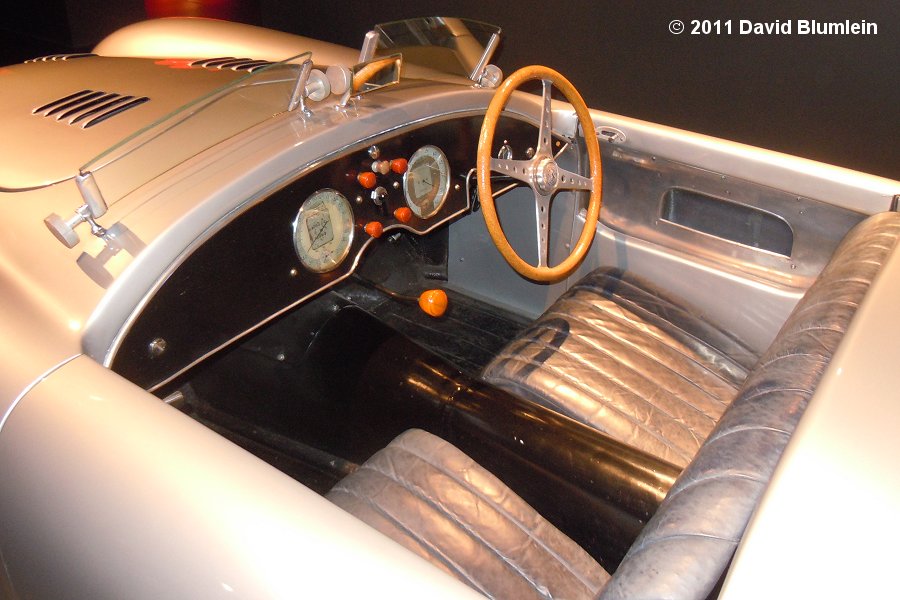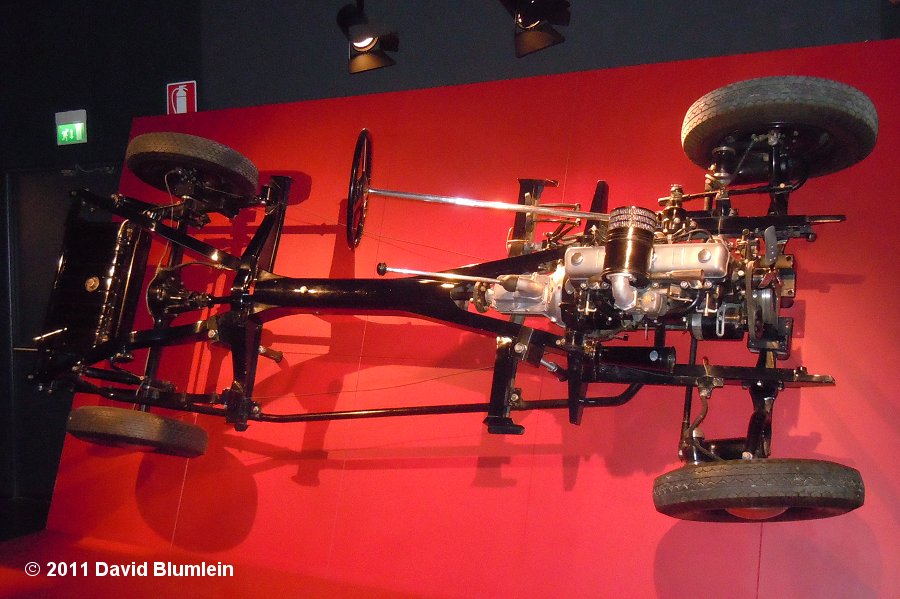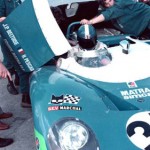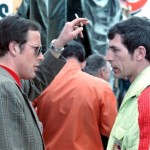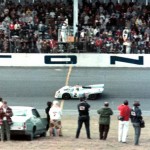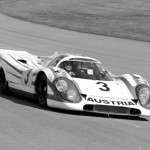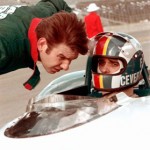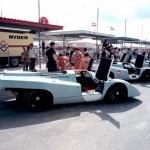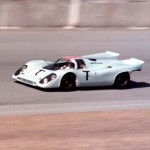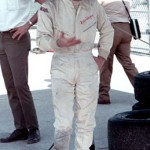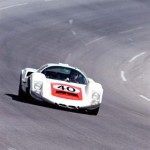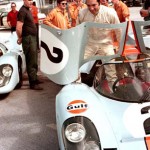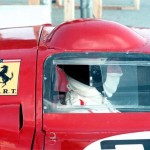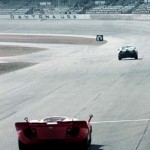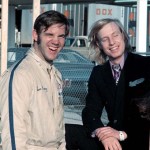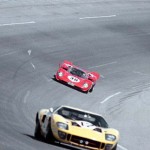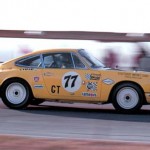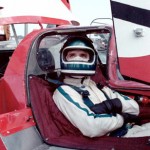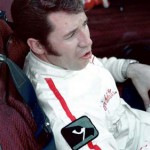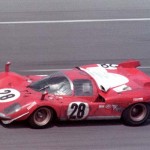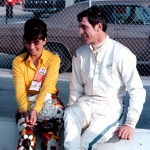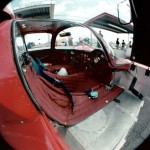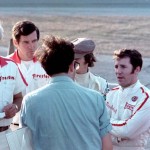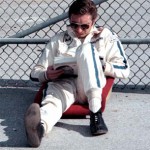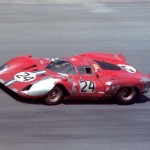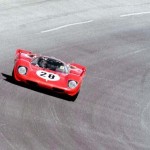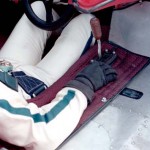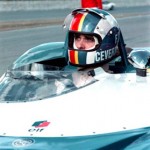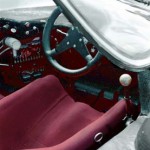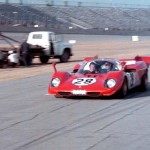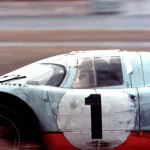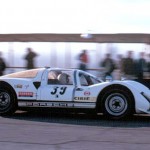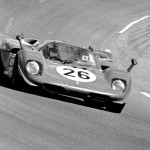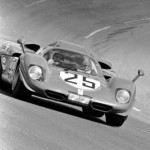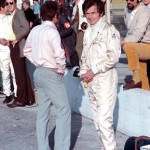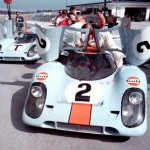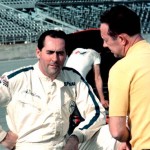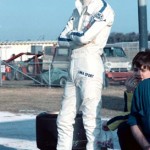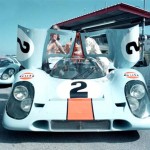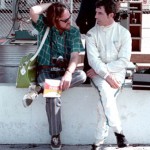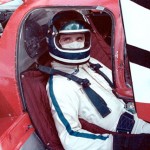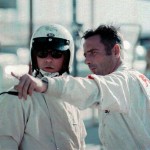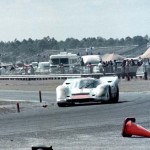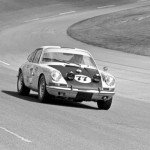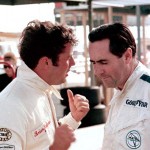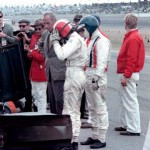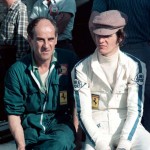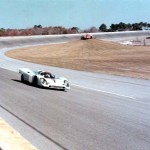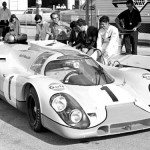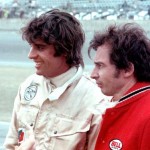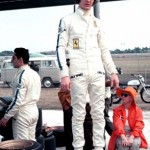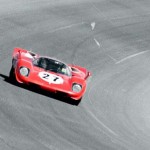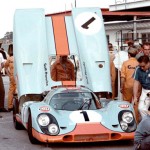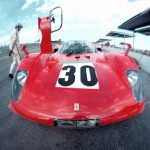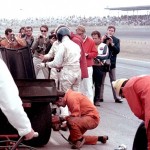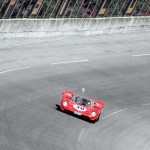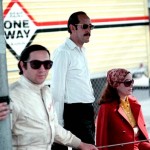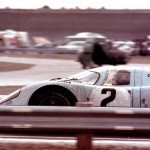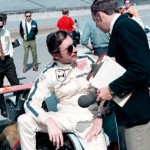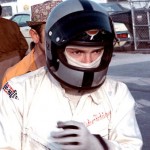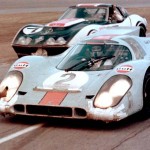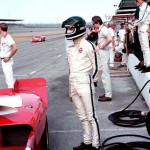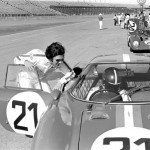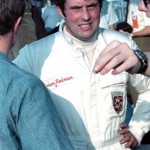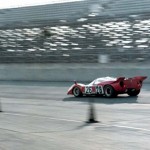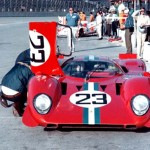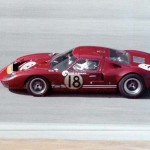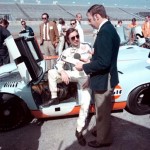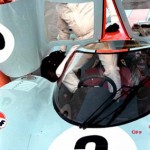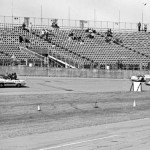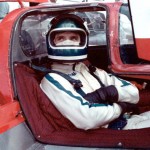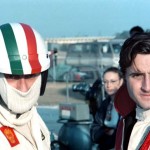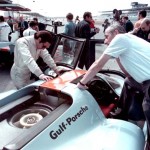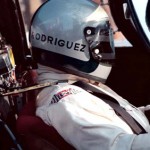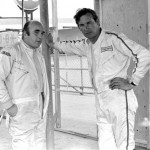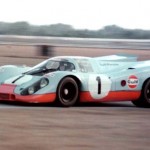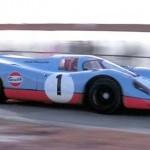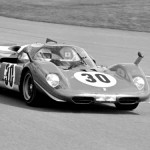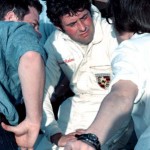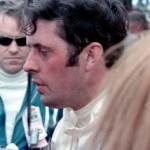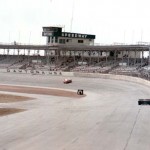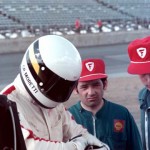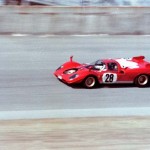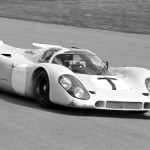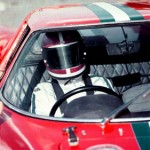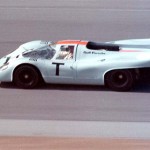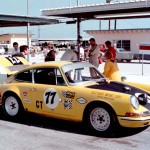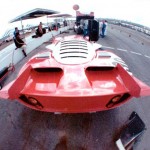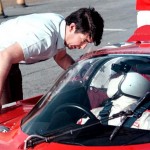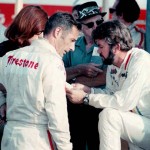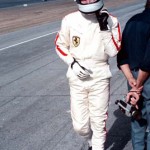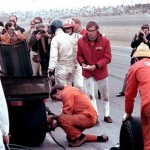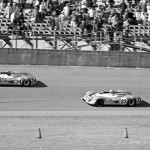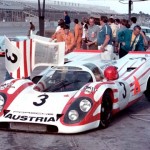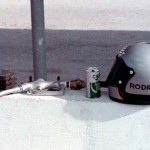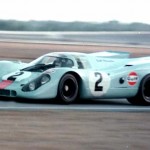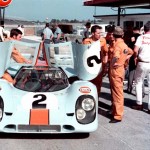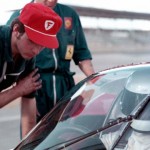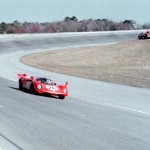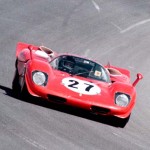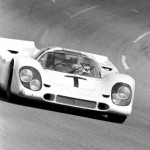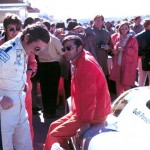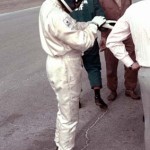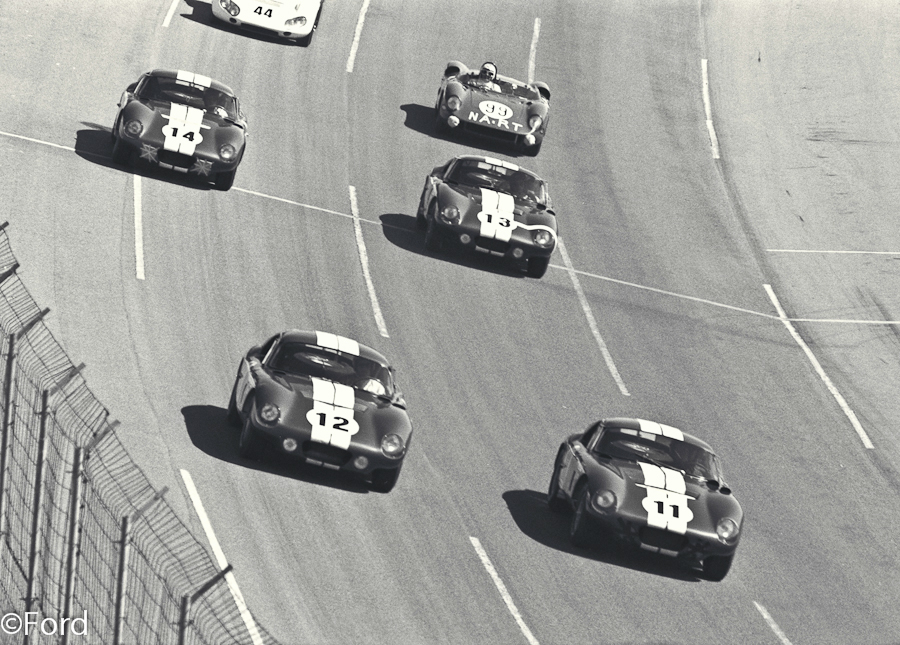The Parc des Expositions located at Porte de Versailles, Paris is the venue each year for the Retromobile, a top notch celebration of automobiles, old and new. Now just a few hours by Eurostar from the centre of London, the show has attracted much attention from enthusiasts living on this side of the English Channel. With typical Gallic flair there is always something rare and interesting to enjoy. Who else but our Special Correspondent should be our guide to the treasures? Enjoy.
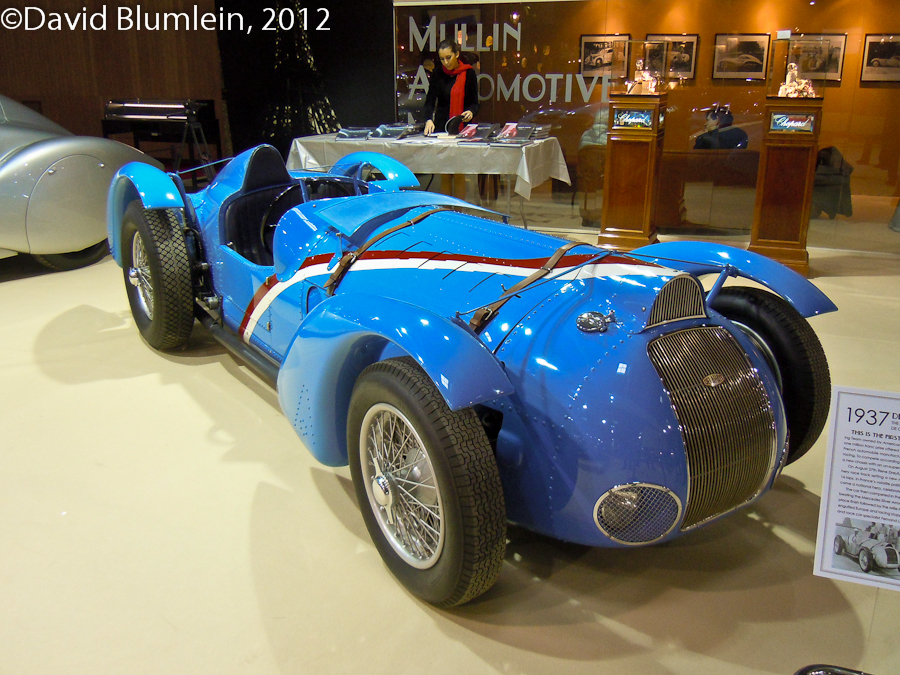
Delahaye Type 145
Delahaye Type 145
The mainstay of Delahaye’s competition activities in the late Thirties was the Type 135 sports car, particularly the Compétition Spéciale versions. Their motor was based on the tough old Type 103 lorry engine and among the Type 135’s many successes was its outright win in the 1938 Le Mans 24 Hour race. For the impending 3-litre supercharged/4.5-litre unsupercharged Grand Prix formula which was finally implemented in 1938, Jean Franςois designed a full V-12 racing engine which was used in the 145 chassis. Its greatest success was in the 1938 Pau Grand Prix when René Dreyfus drove a stripped version to defeat the official Mercédès-Benz Grand Prix team.Two two-seater cars were constructed and entered for the 1938 Le Mans race, the first V-12 –engined cars to take part in this famous event. They failed miserably, one through gearbox trouble after just seven laps, the other succumbing to overheating problems.
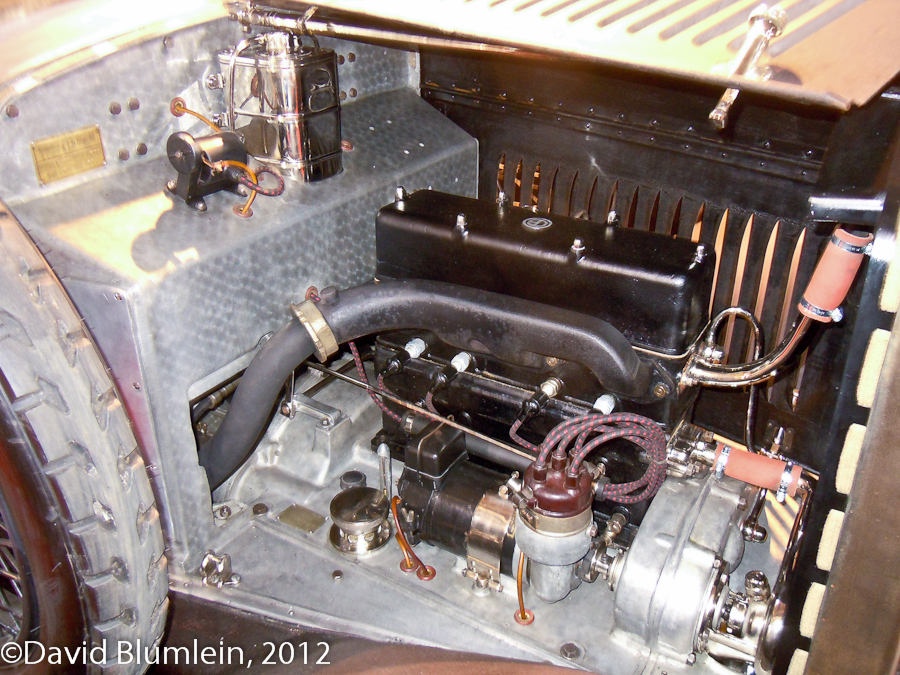
1923 Georges Irat 2-litre
1923 Georges Irat 2-litre
Georges Irat made fast touring cars in Chatou from 1921 with 4-cylinder o.h.v. 2-litre engines designed by Maurice Gaultier who had come from Delage. All but the body was made in-house and this example has coachwork by Carrosserie Morlaix of Courbevoie. Georges Irat had considerable racing success, usually thanks to Maurice Rost – he won the demanding Circuit des Routes Pavées, in the suburbs of Lille, in 1923 and 1925. He also won the Spanish Touring Grand Prix at San Sebastian in 1927 and the 2-litre class in the 1926 and 1928 editions of the Spa 24 Hour race. However, the cars ran without success at Le Mans in 1923-24-26.
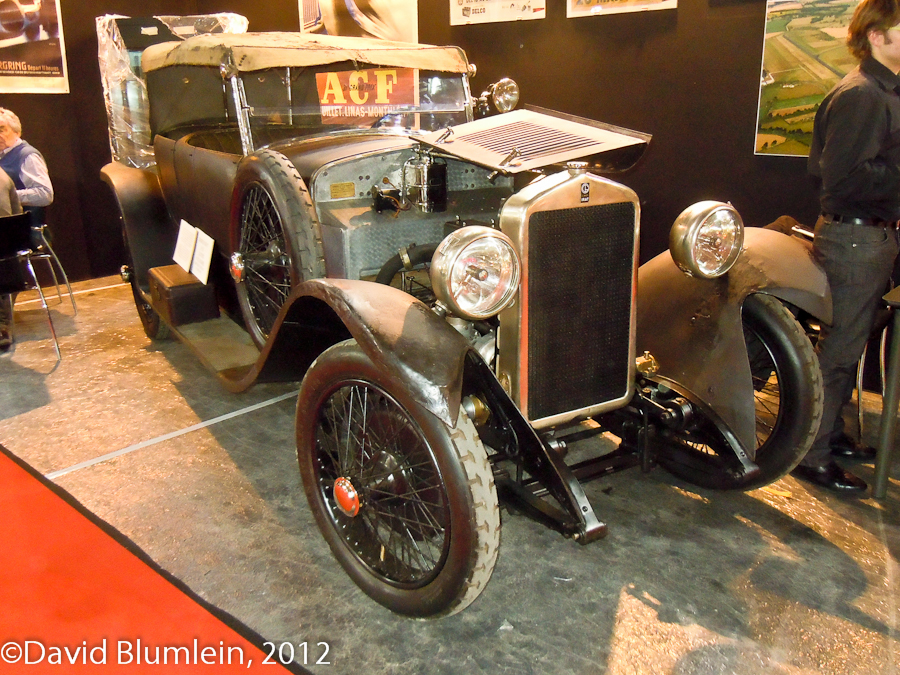
1923 Georges Irat 2-litre
Georges Irat made a 6-cylinder in 1927, based very much on Gaultier’s engine, and in 1935 a small two-seater Ruby-engined car with front wheel drive; a Citroën 11CV unit became available in 1938, but these cars were not seen in serious competition.
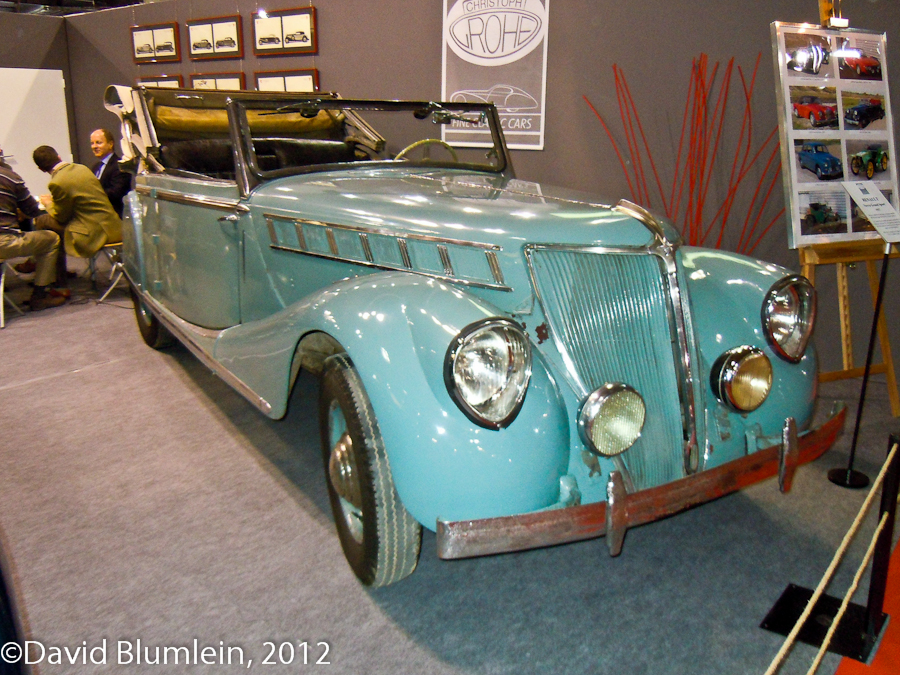
1937 Renault Nerva Grand Sport
1937 Renault Nerva Grand Sport
Renault traditionally had large-engined top-of-the-range cars in their catalogues – the 6-cylinder 9-litre 40CV springs to mind, a car that set many records at Montlhéry in 1925-26, while the 1935 Monte Carlo Rally was won by an 8-cylinder Nerva Sport model.
At the 1934 Paris Salon the Grand Sport series was added to the range, having more aerodynamic lines inspired by the Caudron-Renault Rafale record-breaking aircraft. The Nerva Grand Sport was the first Renault to be fitted with the bigger 5.4-litre 8-cylinder engine. For 1937 the cars were face-lifted with V-shaped radiator grilles, headlights fully merged into the wings, spats on the rear wheels and a proper luggage compartment. Outwardly impressive with their long bonnets, the cars were still based on a vintage-style chassis with rigid axles and semi-elliptic springs all round and all up they weighed some 2.5 tons.
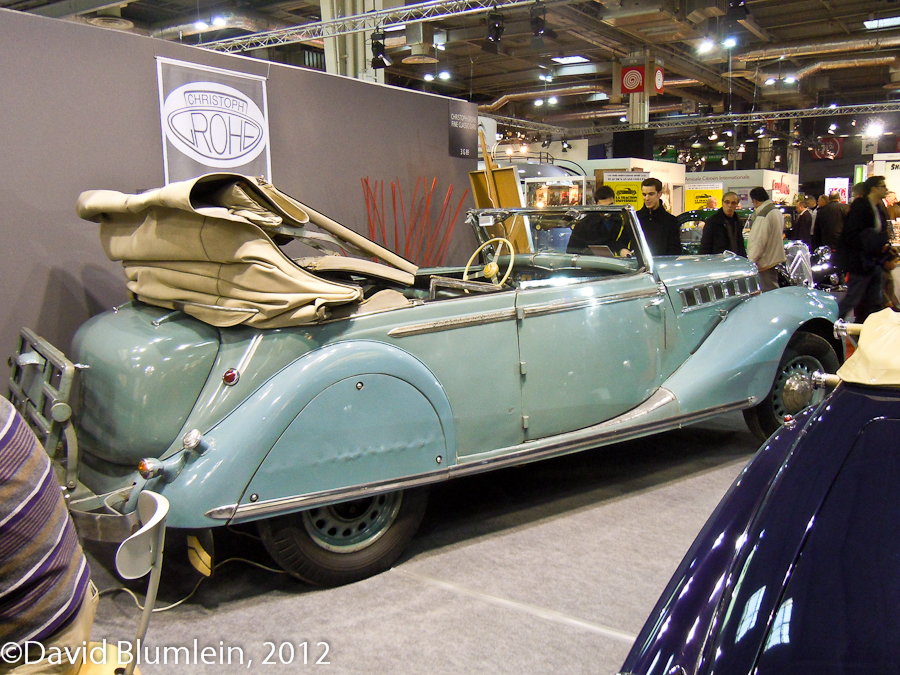
1937 Renault Nerva Grand Sport
Only 22 of these dropheads were made before the model was superceded at the 1938 Paris Salon by the Suprastella which used the same basic chassis.
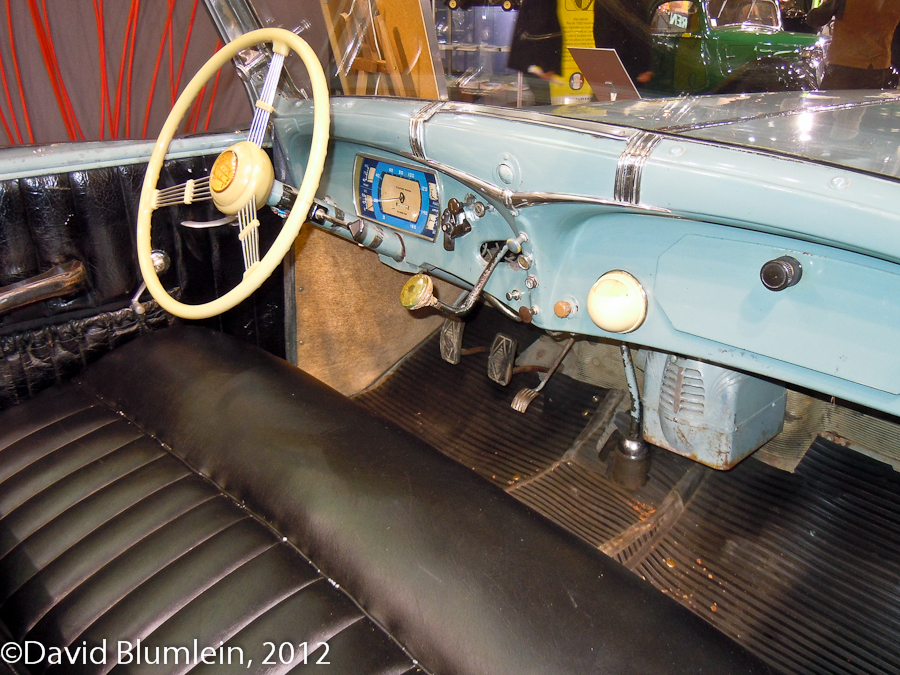
1937 Renault Nerva Grand Sport
Notice how the lanky gear-lever for the central change is controlled through a slot in the dashboard – very unusual.
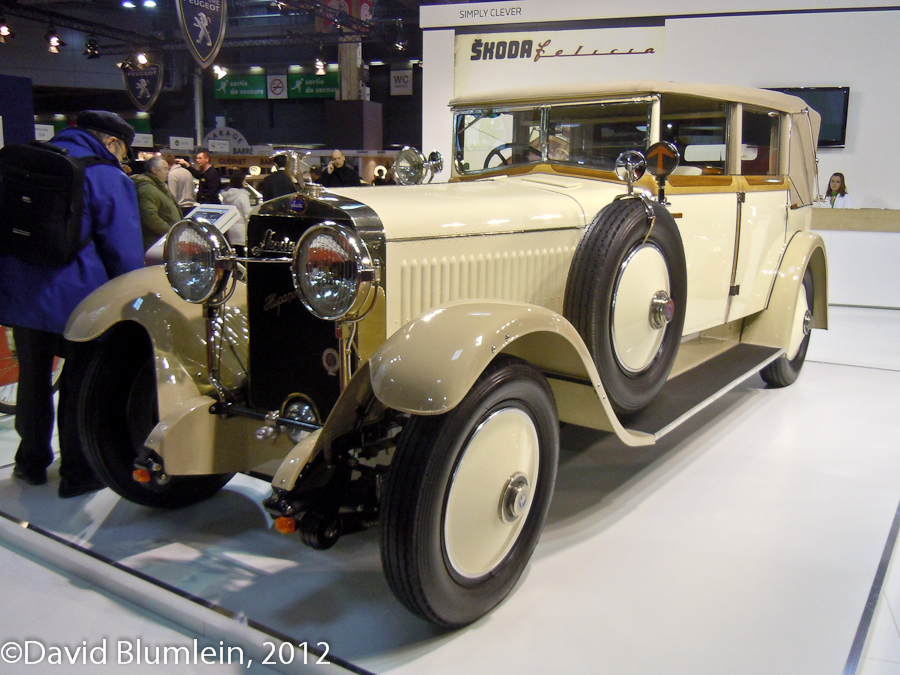
Skoda Hispano Suiza 25/100
Skoda Hispano Suiza 25/100
Skoda acquired a licence with the French-based Hispano Suiza company to manufacture the luxury H6B cars. The first car came off the production line at Plzeň in 1925. The first fifteen chassis were built from original parts supplied by the factory at Bois-Colombes in France; from the sixteenth car onwards all were truly Skoda Hispano Suizas built entirely in Bohemia – Skoda made the chassis and the bodies were by various Czech coachbuilders.
The first car was delivered to the country’s President, T.G. Masaryk – a black six-seater limousine with body by Vaclav Brozik & Sons. Production stopped in 1929 owing to the economic climate.
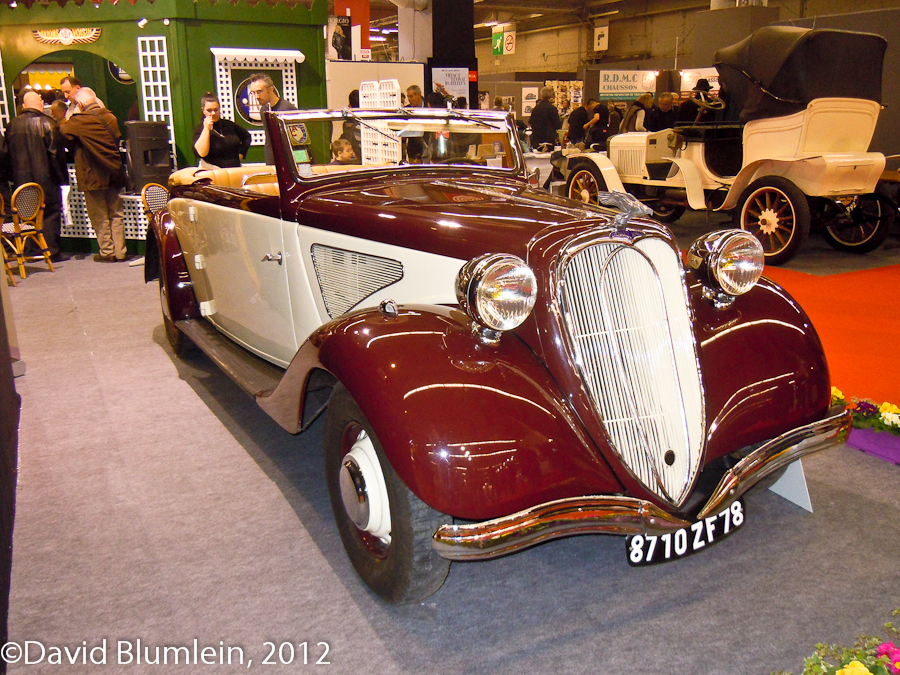
1936 Chenard et Walcker Super Aigle 24
1936 Chenard et Walcker Super Aigle 24
The French marque Chenard et Walcker is chiefly remembered for the fact that one of their 4-cylinder 3-litre cars won the first Le Mans 24-Hour race in 1923. One recalls also the superb little 1100 c.c. “tanks” of 1925 which did so well in sports car racing. By the mid-Thirties the Gennevilliers company was producing a very complex range of cars with too small an output. This Super Aigle 24 is one of a family of cars with an advanced specification: front wheel drive, independent front suspension by torsion bars and the option of a Cotal gearbox even if the 4-cylinder 2.5-litre engine still had side-valves. It did little to help save the company!
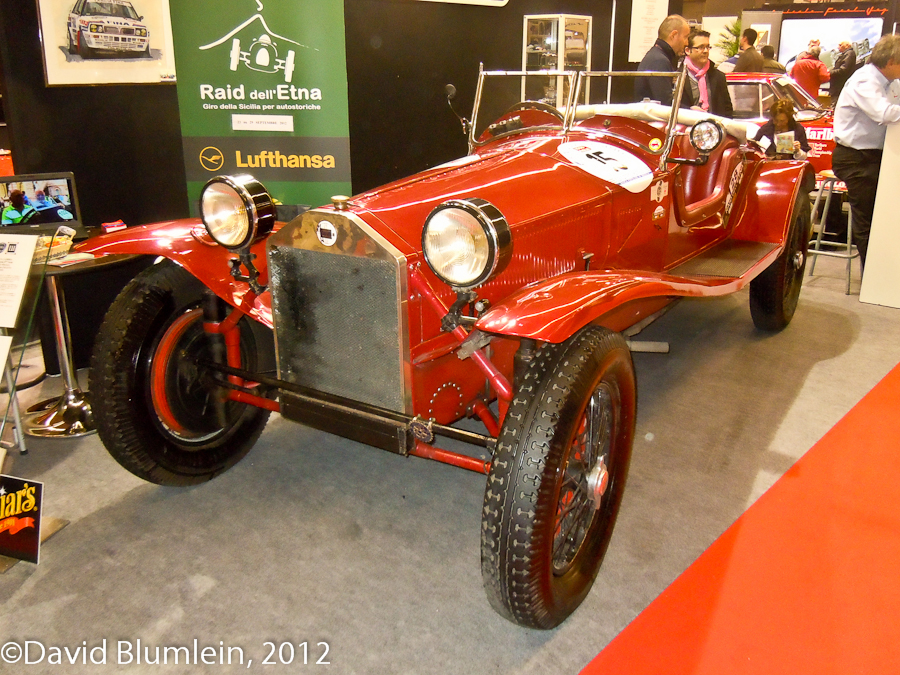
Lancia Lambda Spider Mille Miglia
Lancia Lambda Spider Mille Miglia
The Lancia Lambda, introduced at the 1922 Paris Salon, must go down in history as one of the landmark designs with its monocoque chassis, narrow V-4 engine and sliding pillar independent front suspension. Vincenzo Lancia did not see this innovative design as a candidate for competitions but made an exception for the Mille Miglia.
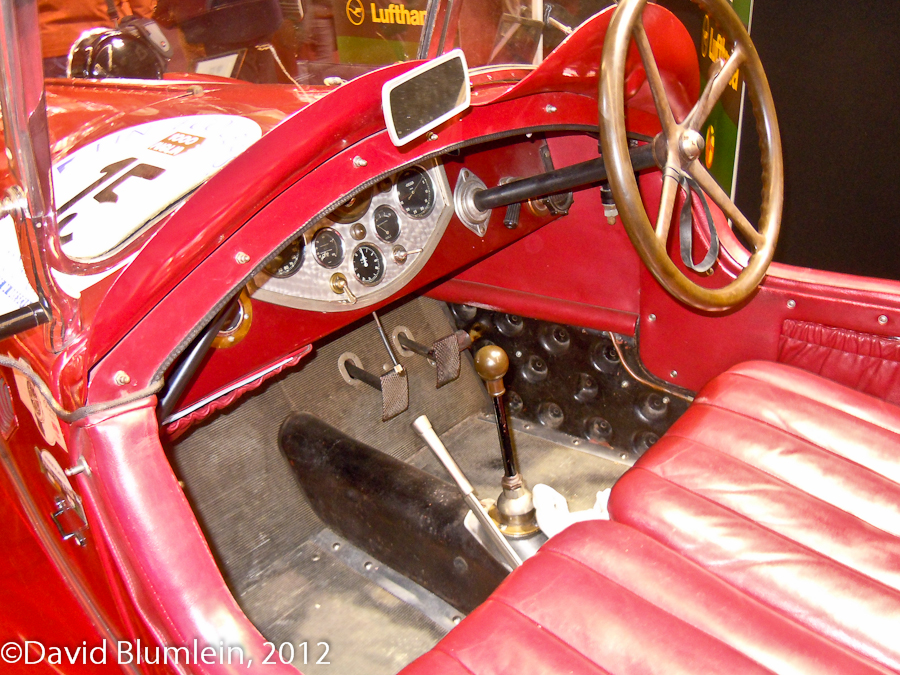
Lancia Lambda Spider Mille Miglia
From 1927 Lancia made a series of “Da Corsa” versions destined for the Italian 1,000 mile race. Crewed by Strazza/Varallo this car finished 4th overall and first in the 3-litre class in the 1929 Mille Miglia. It also helped Lancia to win the Coupe du Roi in that year’s Spa 24 Hour race.

Fiat 1500
Fiat 1500
Entered by Jean Brault at Le Mans in 1950 for himself and Louis Paimpol, this Fiat 1500 with special roadster bodywork was forced to retire in the 11th hour with gearbox problems. Jean Brault then ran the car in the Sports Car race that constituted the main event at the inaugural meeting of the Rouen-les Essarts circuit on 30th July 1950. Out of twenty starters the car finished 17th.
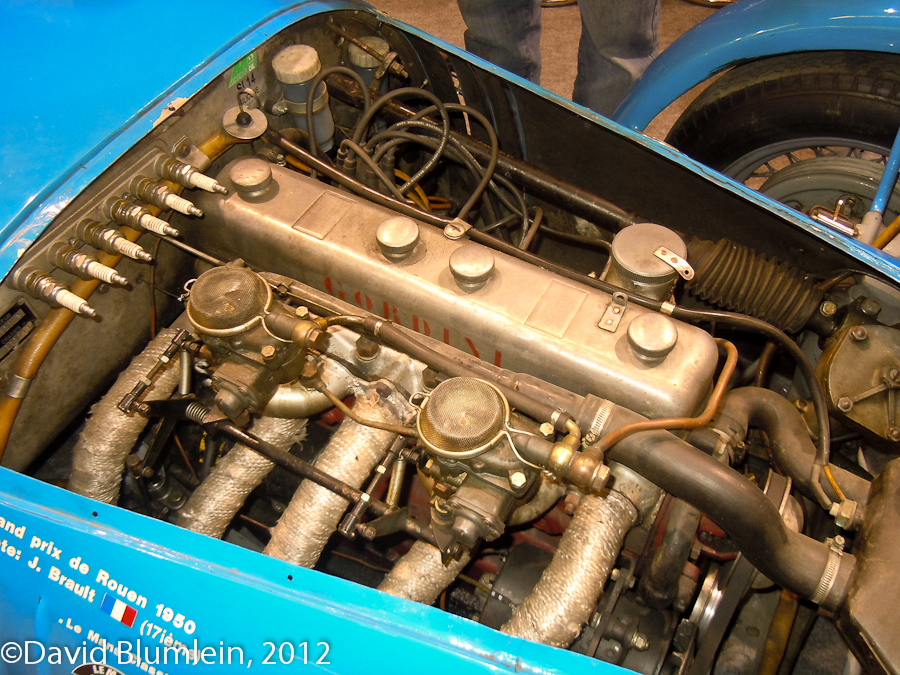
Fiat 1500
This Fiat has sometimes been credited with having a V- engine but in fact it used the normal Fiat 1500 6-cylinder unit. Here’s the proof, thanks to the helpful folks on the stand.
TAILPIECE
What, pray, is this?
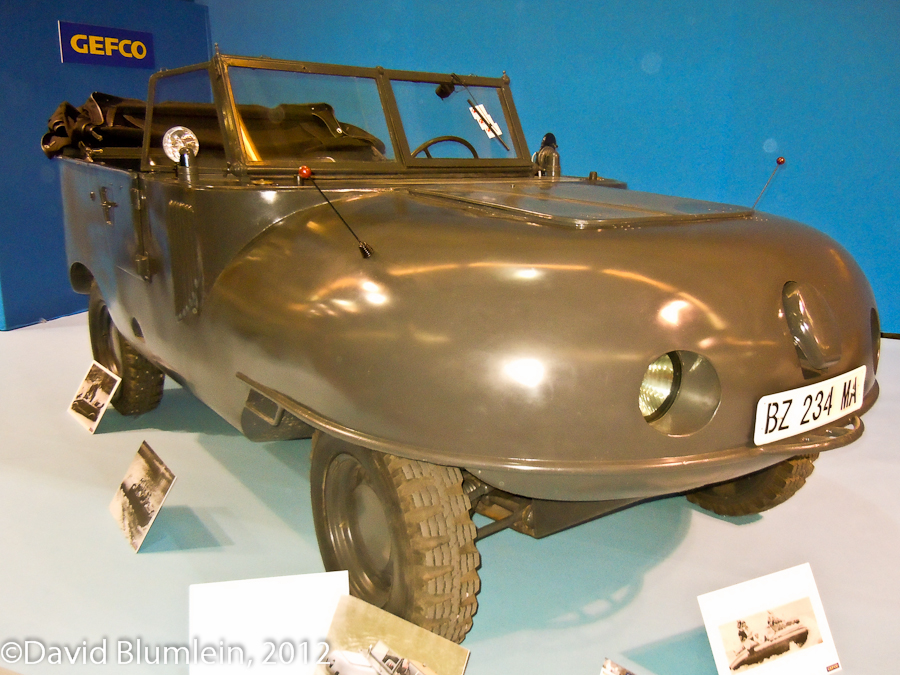
Trippel Type SG6/38
It is a Trippel Type SG6/38 built in 1941 with a 6-cylinder Opel engine, one of Hans Trippel’s amphibious creations. I have only included it because it was made in the German-occupied Bugatti works at Molsheim – triste dictu.
David Blumlein February 2012.

